Chemistry and Chemists № 1 2025
Journal of Chemists-Enthusiasts
| Content | Chemistry experiments - video | Physics experiments - video | Home Page - Chemistry and Chemists |
|
Chemistry and Chemists № 1 2025 Journal of Chemists-Enthusiasts |
Experiments with Perchloric Acid and Perchlorates - part 4, 5 Chemist |
|
Having noticed a mistake in the text, allocate it and press Ctrl-Enter
Synthesis of Ammonium Perchlorate (Preliminary Experiment) - part 4
I was walking through the institute when, on the stairs, I ran into a couple of employees casually discussing that Iranian ''Shaheds'' (attack drones) were flying over the neighboring part of the city, and cruise missiles were still approaching. One of them was carrying a computer system unit, the other a monitor and some folders. I said hello and moved on. I was carrying a beaker with ammonium perchlorate for filtering, which the microbiologists(!) needed for some reason. There was no time to worry about the air raid alarm. Instead, I was thinking: do bacteria really 'eat' perchlorate? I'd never come across anything like that (despite having worked as a microbiologist for four years).
Синтез перхлората аммония (пробный эксперимент) - часть 4 Let me explain. The head of the laboratory at a neighboring institute (a physicist by training) asked us for a small amount of ammonium perchlorate. Why? According to her, it was for the microbiologists. Whether this was true or not - I don't know. On one hand, this woman had lied many times before; on the other hand, she might have been truthful this time. I'm not aware of any microorganisms that can consume the perchlorate anion. However, it's possible that it could be used as a biological inhibitor to suppress the growth of certain microorganisms while allowing others to thrive. A colleague on a forum even suggested that the perchlorate might be used to simulate bacterial growth on Martian soil. Regardless, ammonium perchlorate had to be found, bought, or synthesized. We began searching through our reagent shelves and even asked neighboring labs, only to discover that we didn't have any ammonium perchlorate. The idea of buying it didn’t even cross our minds, as it’s a component of rocket fuel and pyrotechnic mixtures — likely subject to strict regulations. There was no alternative — ammonium perchlorate had to be synthesized. We decided to use perchloric acid and ammonia for this. Perchloric acid could be purchased, but it was expensive. Magnesium perchlorate (a desiccant) was also costly - otherwise, it could have served as a starting material for the synthesis instead of the acid. Fortunately, the doctors came to the rescue by giving us some perchloric acid for free. Due to storage in a plastic bottle, the acid had darkened, and they were planning to throw it away. Additionally, we had some older stocks of the acid, photos of which are shown in earlier parts of the article. For the trial synthesis, we mixed 40 ml of concentrated ammonia solution with 30 ml of water and placed the flask on a magnetic stirrer. When we opened the bottle of perchloric acid, we found that the darkening was primarily due to its contact with the stopper rather than the bottle itself. My colleague measured out 20 ml of concentrated perchloric acid (70%) and began slowly adding it to the ammonia solution. The reaction proceeded smoothly, without any boiling. After adding most of the acid, we tested a few drops of the solution with universal indicator paper — it was still alkaline. We added the remaining acid, but the solution remained slightly alkaline, indicating an excess of ammonia. This was expected and necessary, as the excess ammonia would vaporize easily during the evaporation and drying processes, whereas perchloric acid, being non-volatile under these conditions, would remain in the ammonium perchlorate. We then turned on the heat to evaporate the solution. The mixture gradually began to boil, and stirring accelerated the evaporation. To confirm the presence of ammonia, I held universal indicator paper above the solution. The yellow stripe turned greenish, showing ammonia was indeed present in the vapor. After some of the water had evaporated, we removed the flask from the hotplate and allowed it to cool. Soon, large, branched crystals of ammonium perchlorate formed at the bottom, and by the next day, many smaller crystals had precipitated. The precipitate was not yet filtered, as it could be combined with ammonium perchlorate obtained in the next synthesis. |
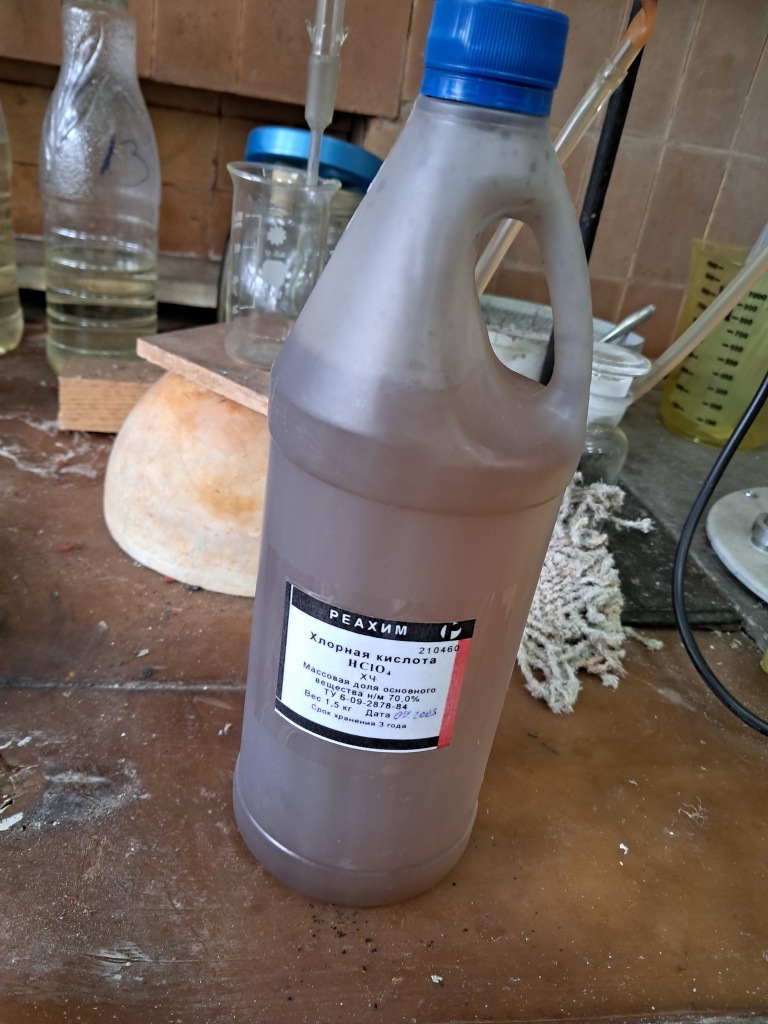
Synthesis of Ammonium Perchlorate (Preliminary Experiment) |
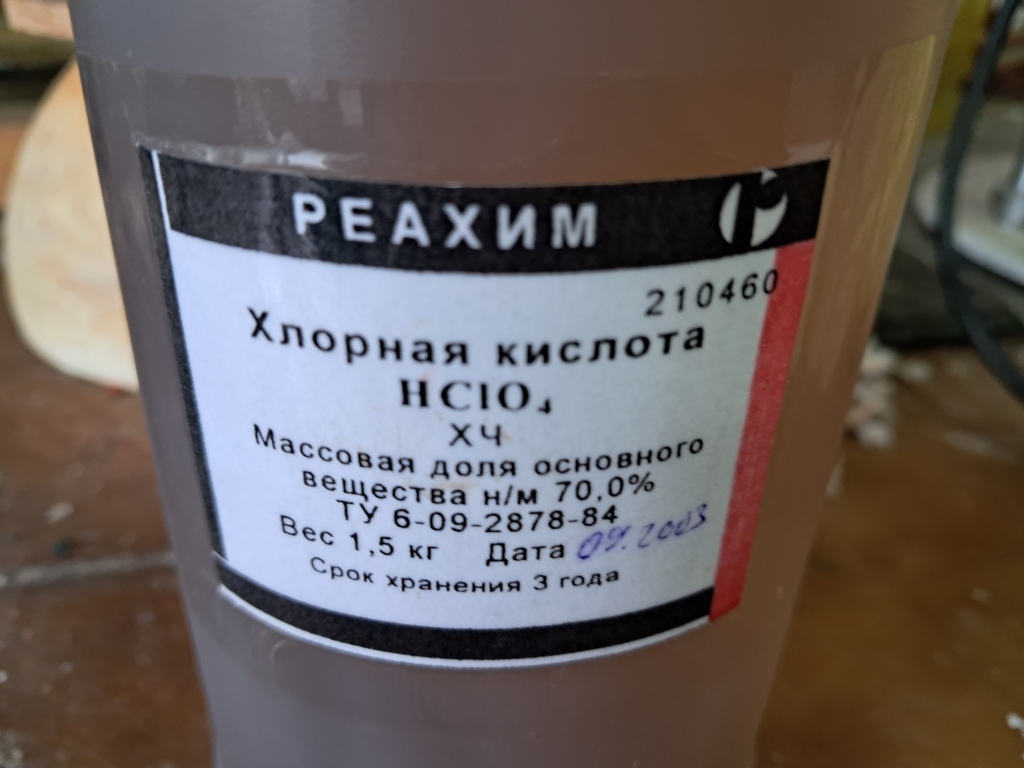
|

|

|
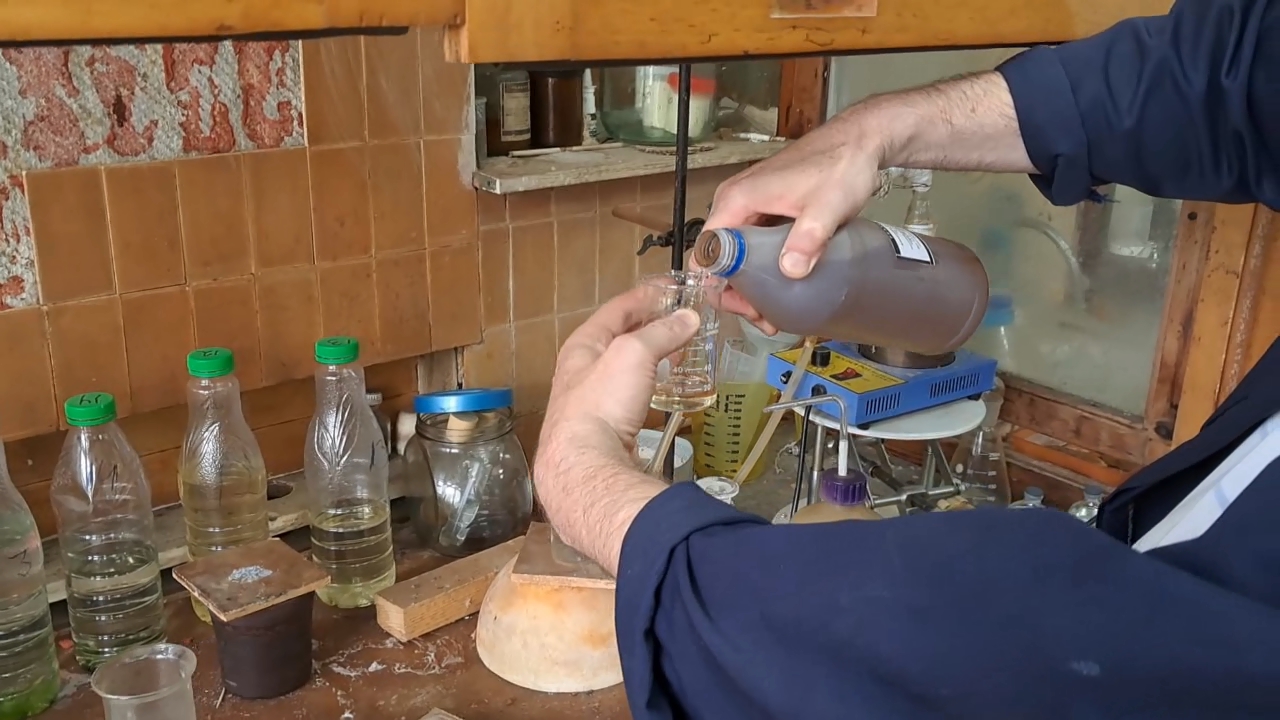
|
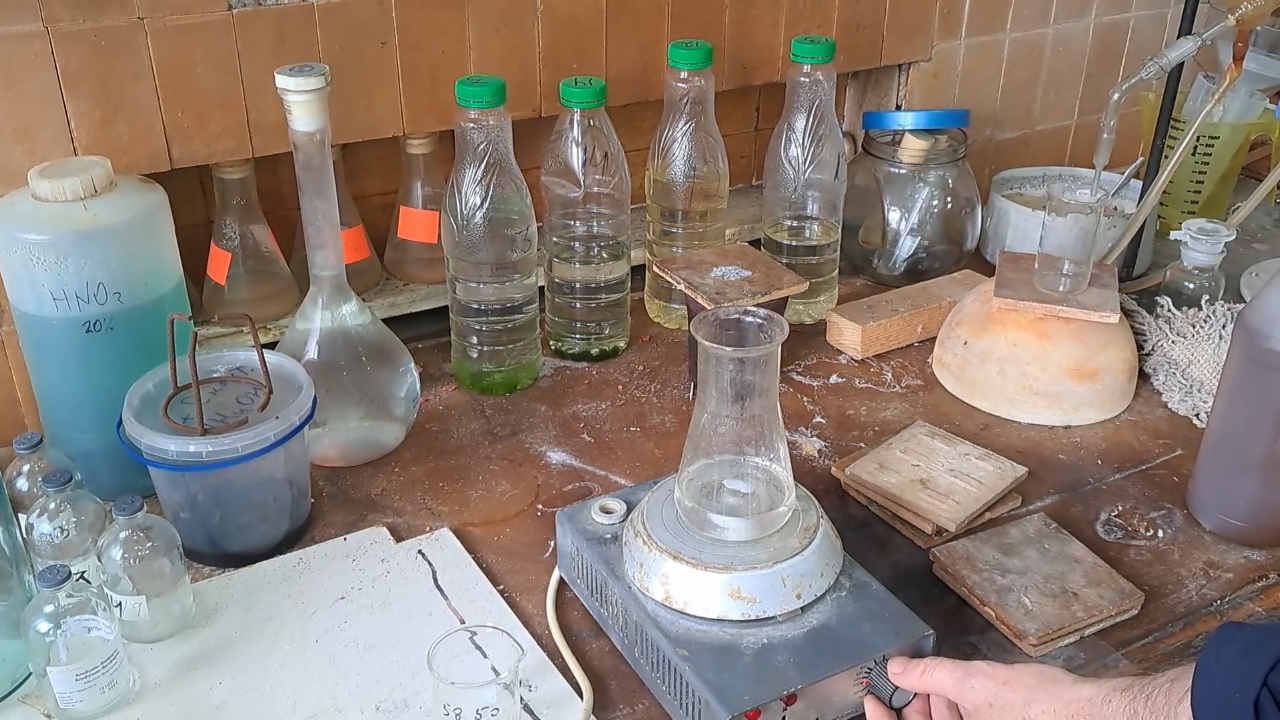
|
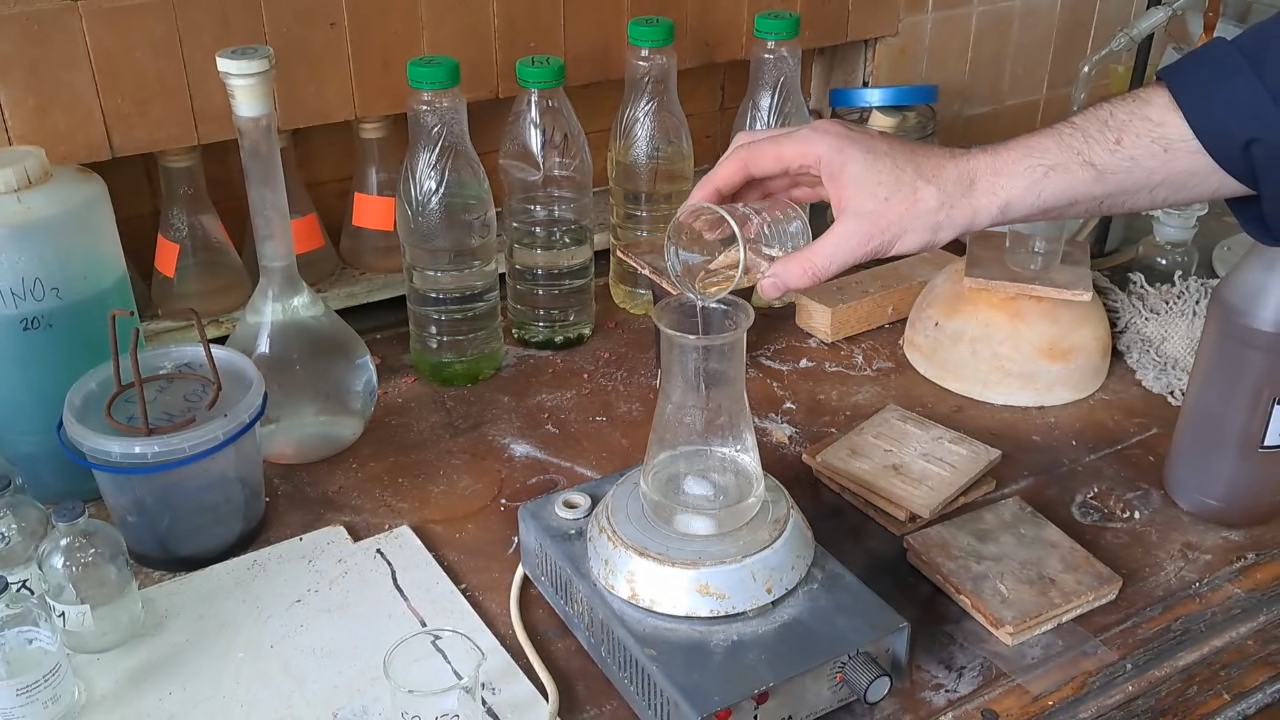
|

|

|

|

|

|
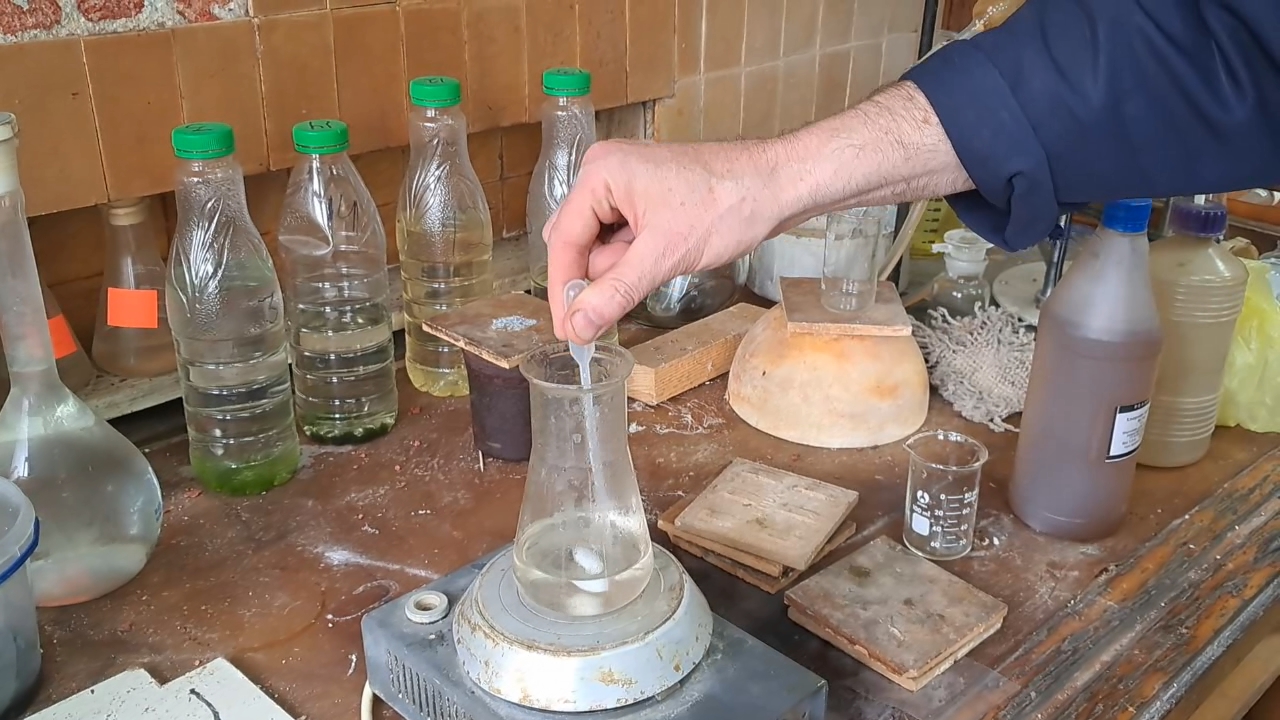
|

|

|
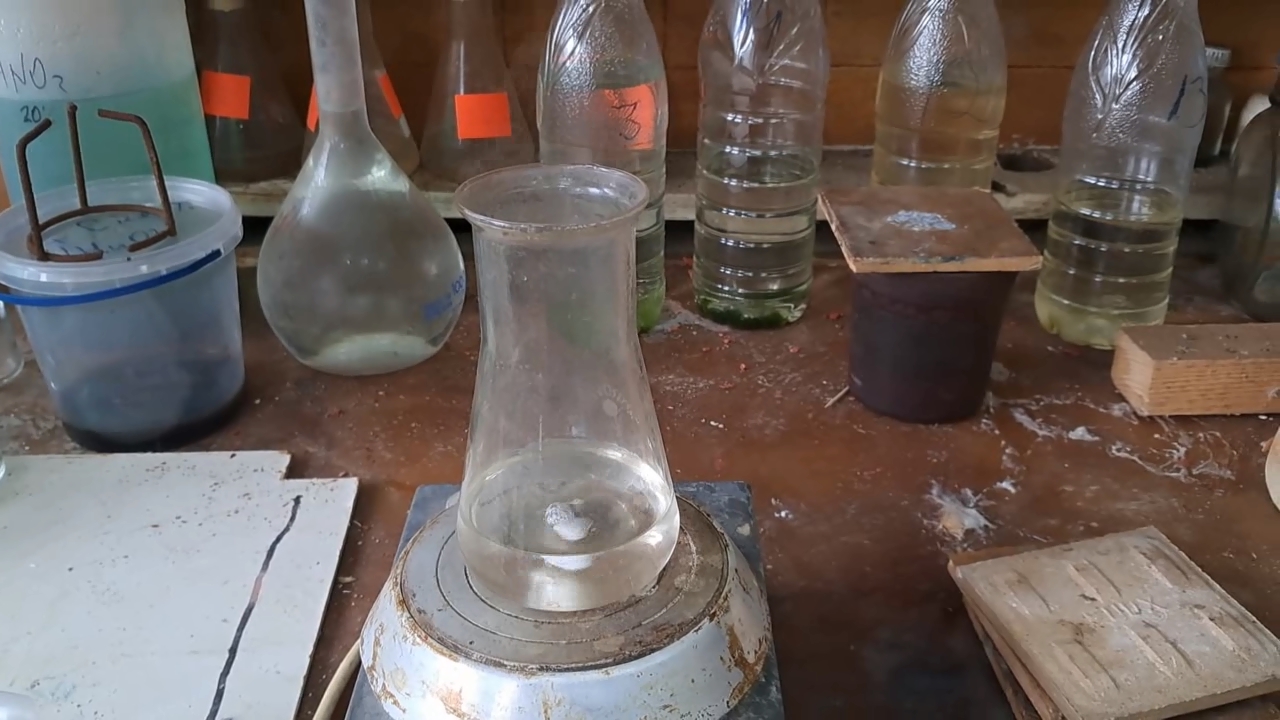
|
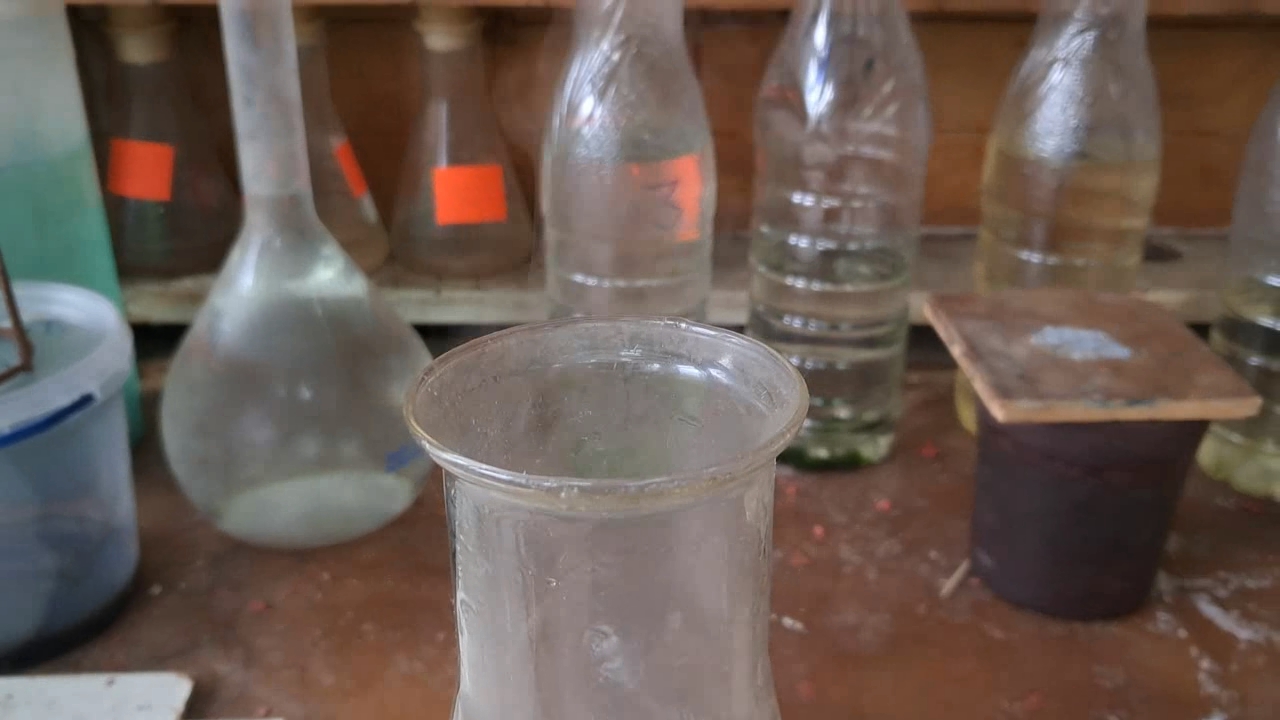
|
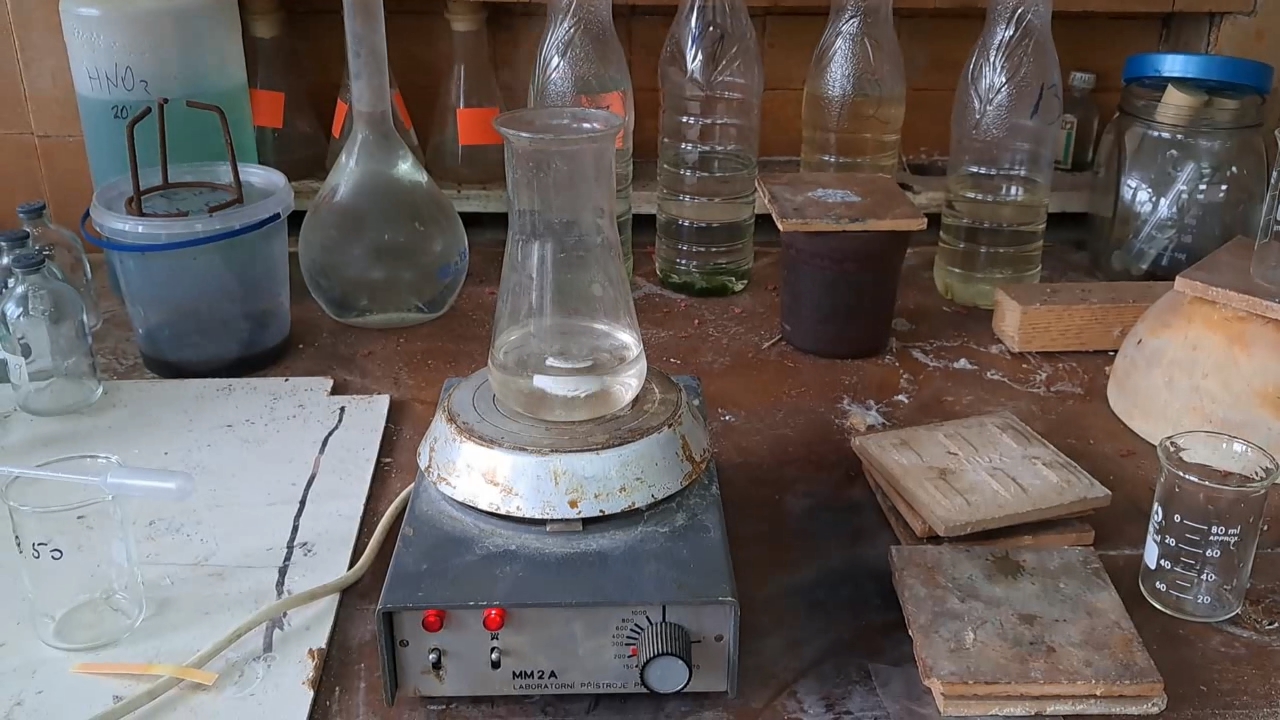
|
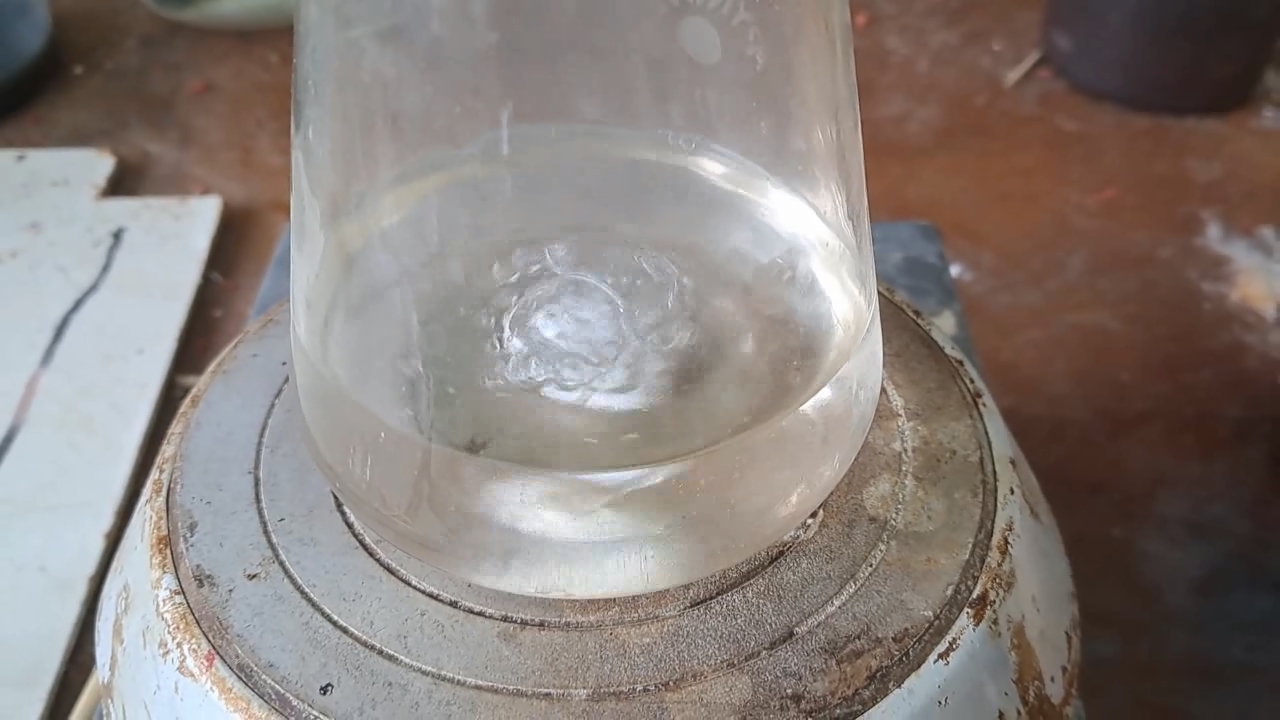
|
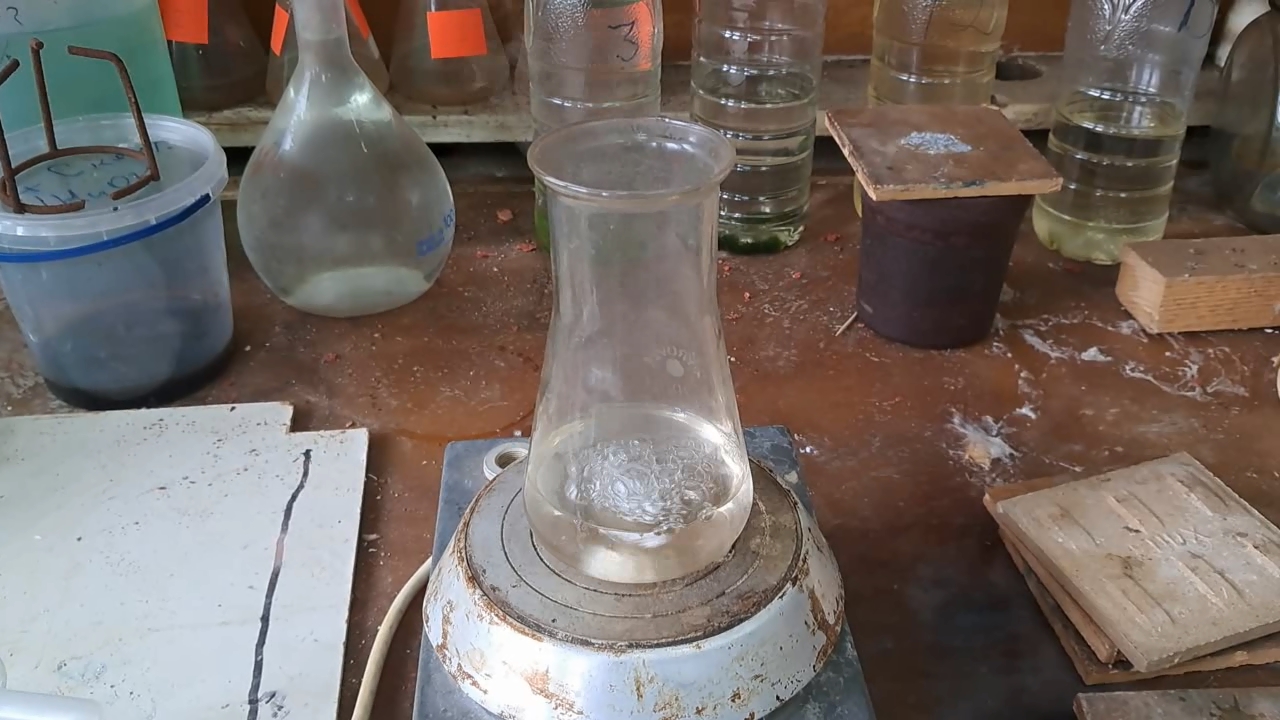
|

|
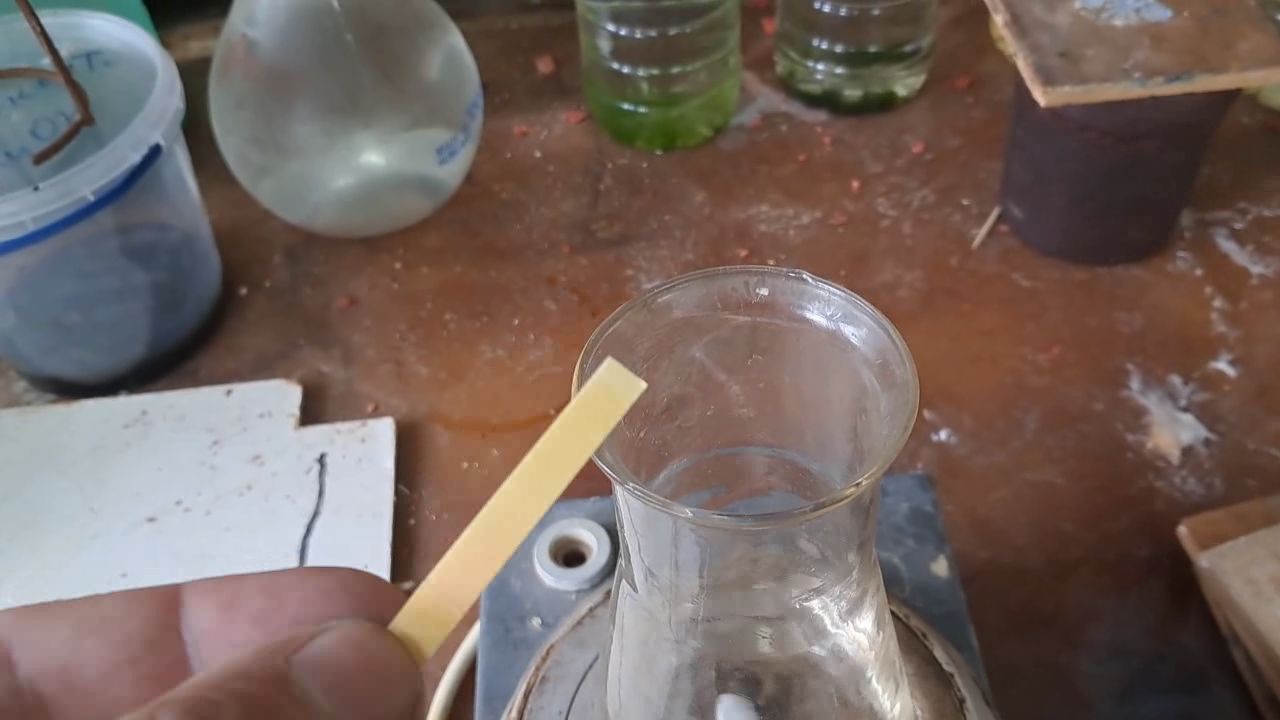
|
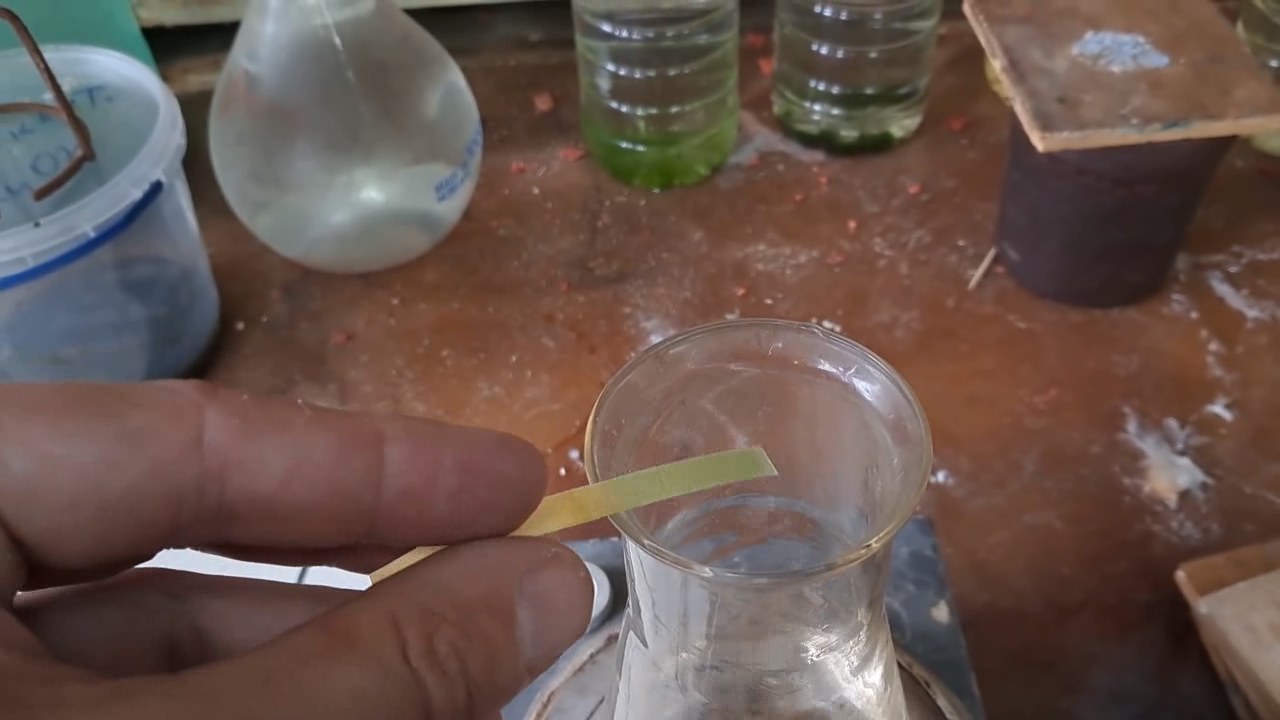
|
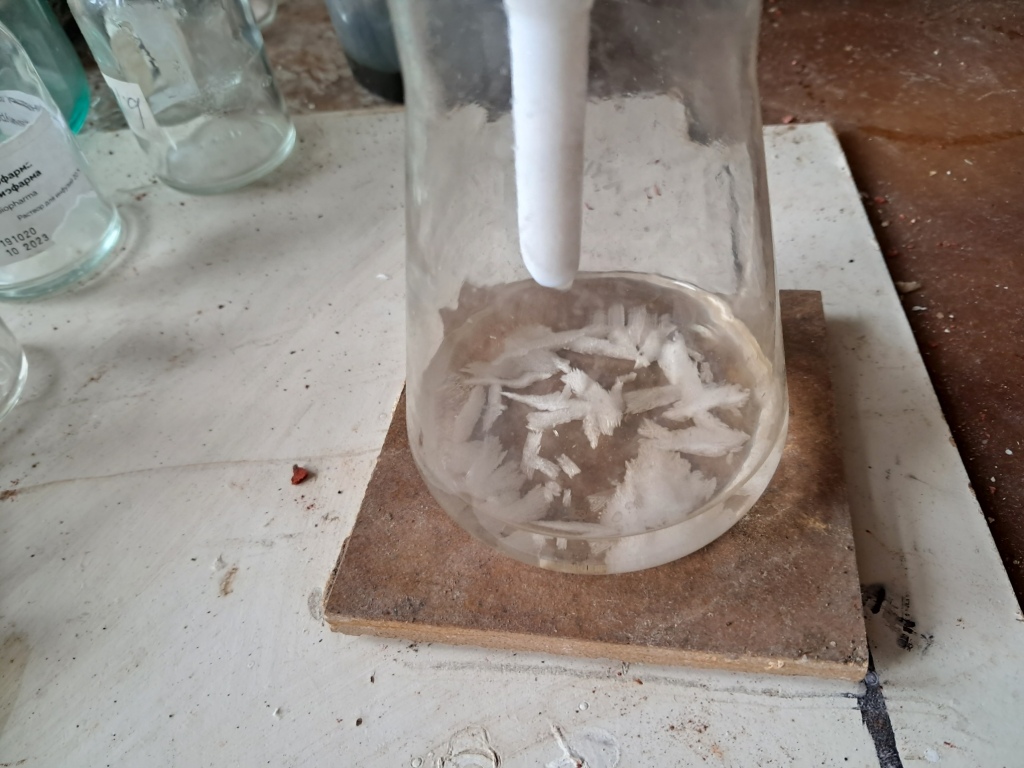
|

|
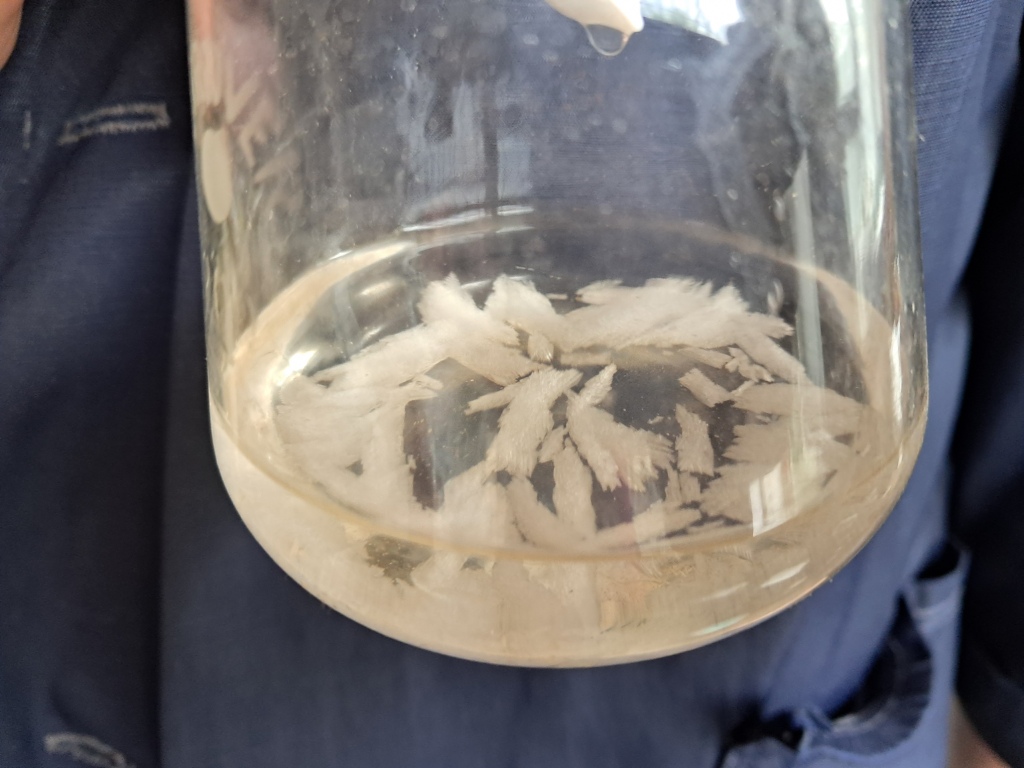
|
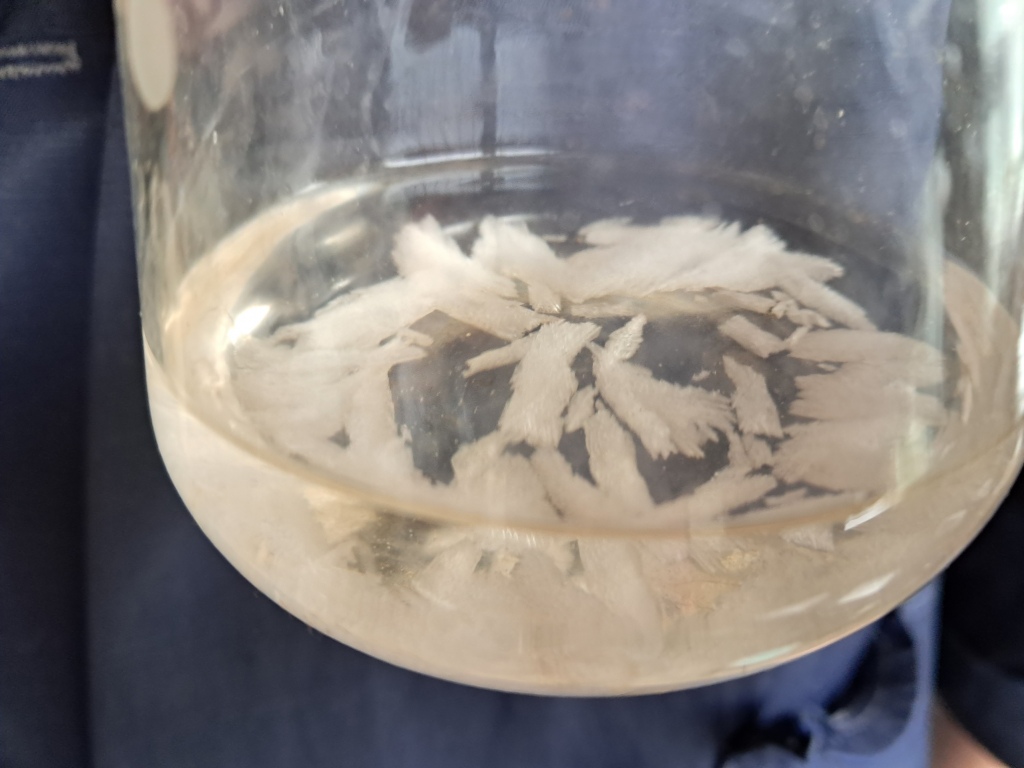
|
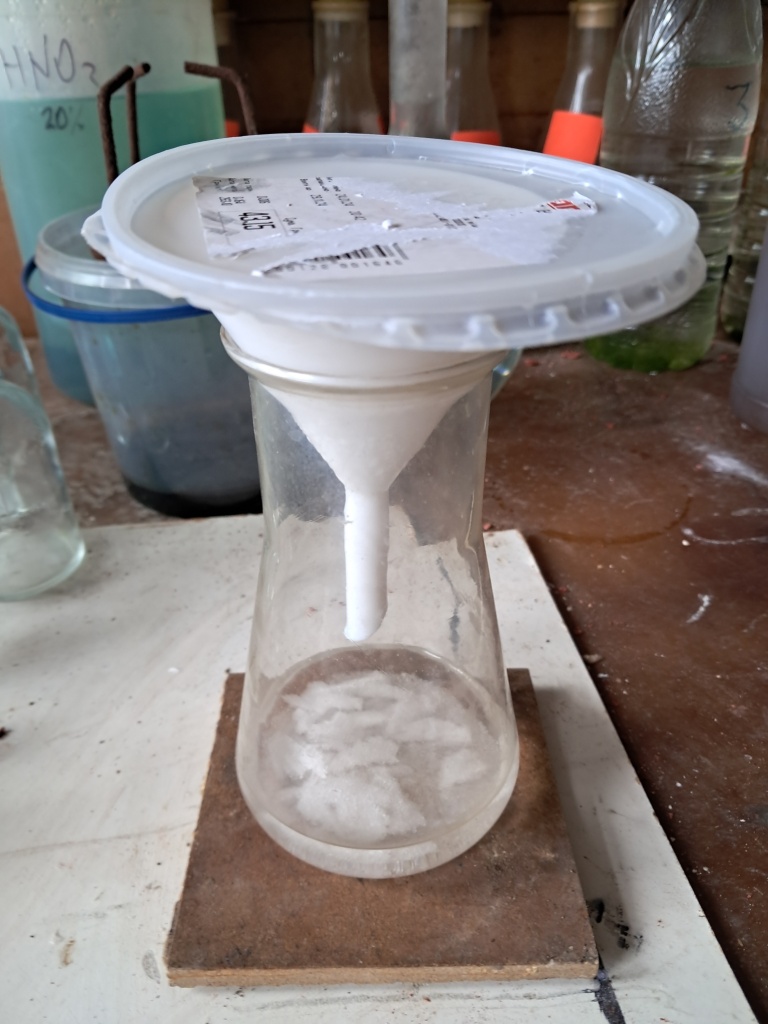
|

|
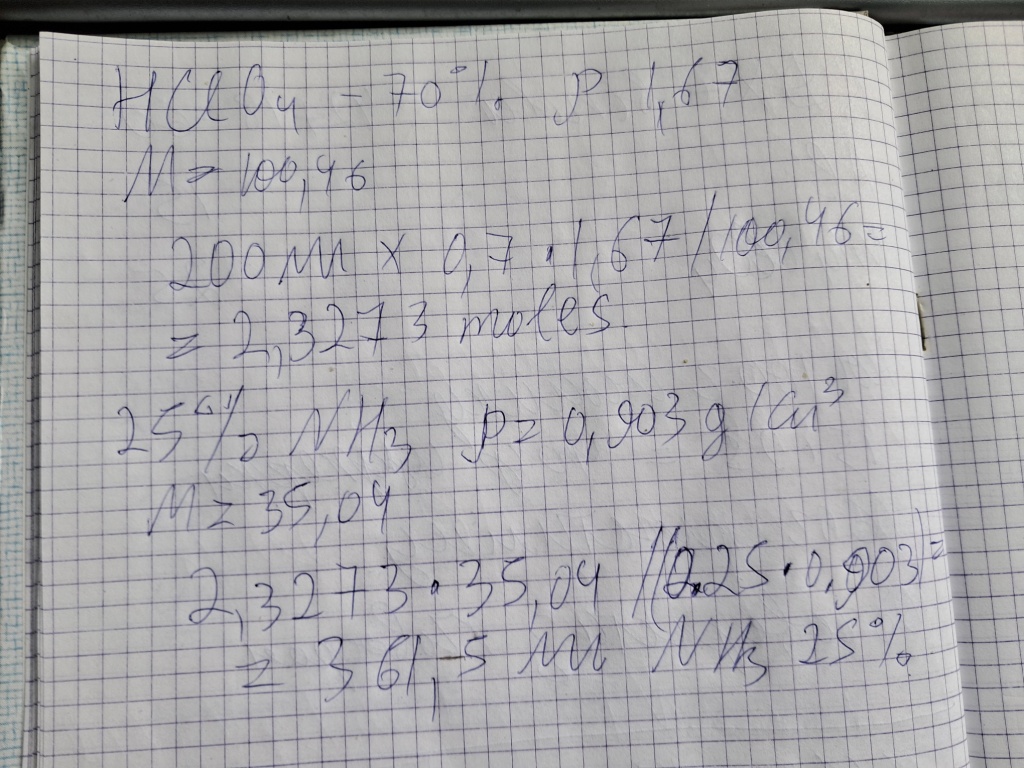
Synthesis of Ammonium Perchlorate |
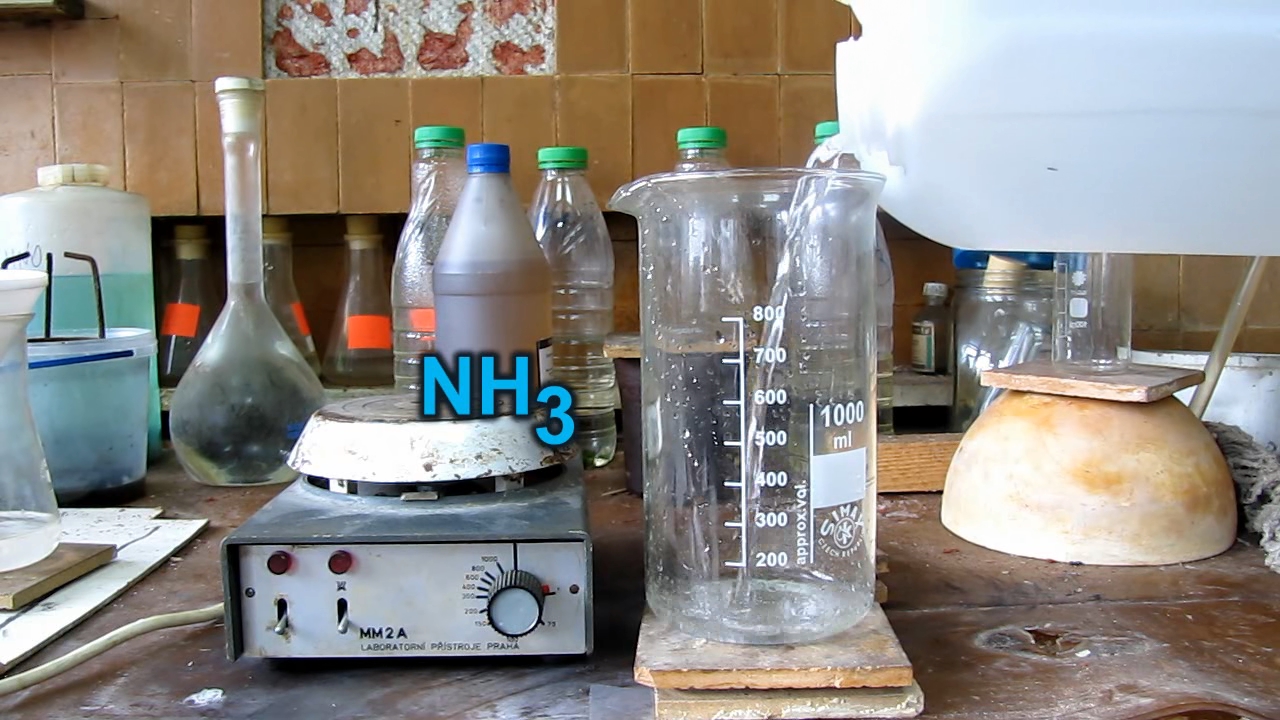
|
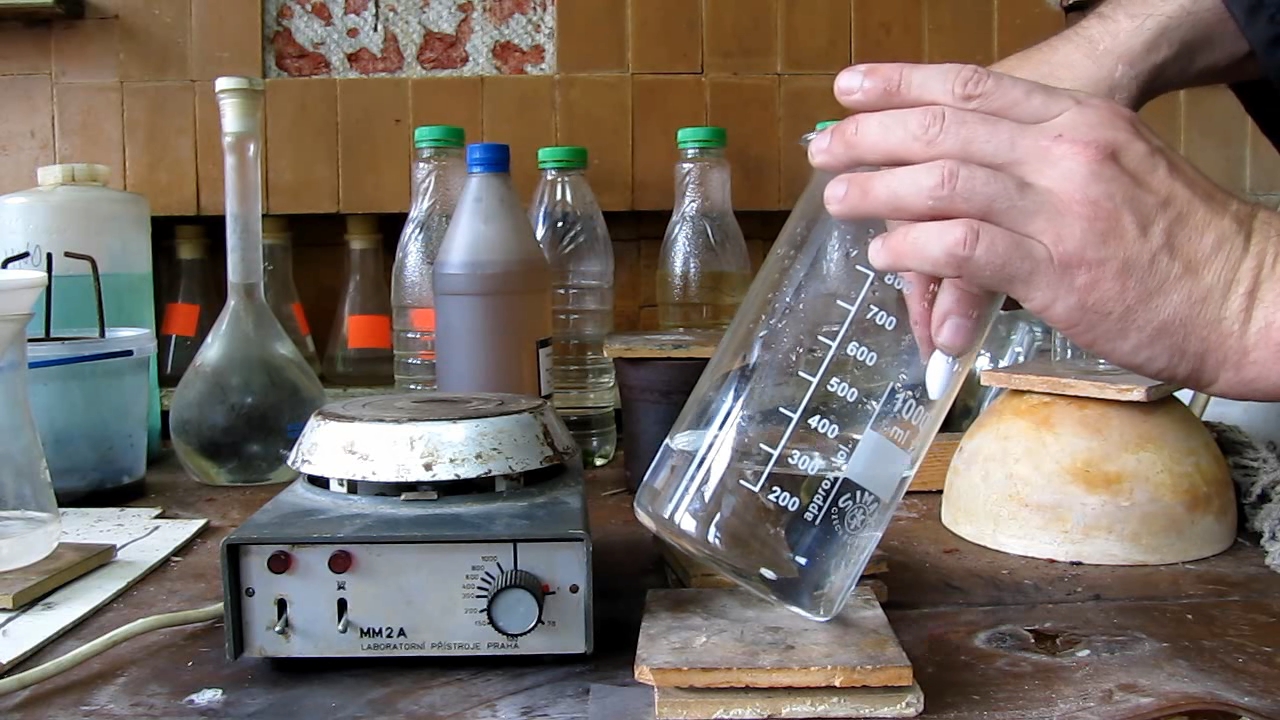
|
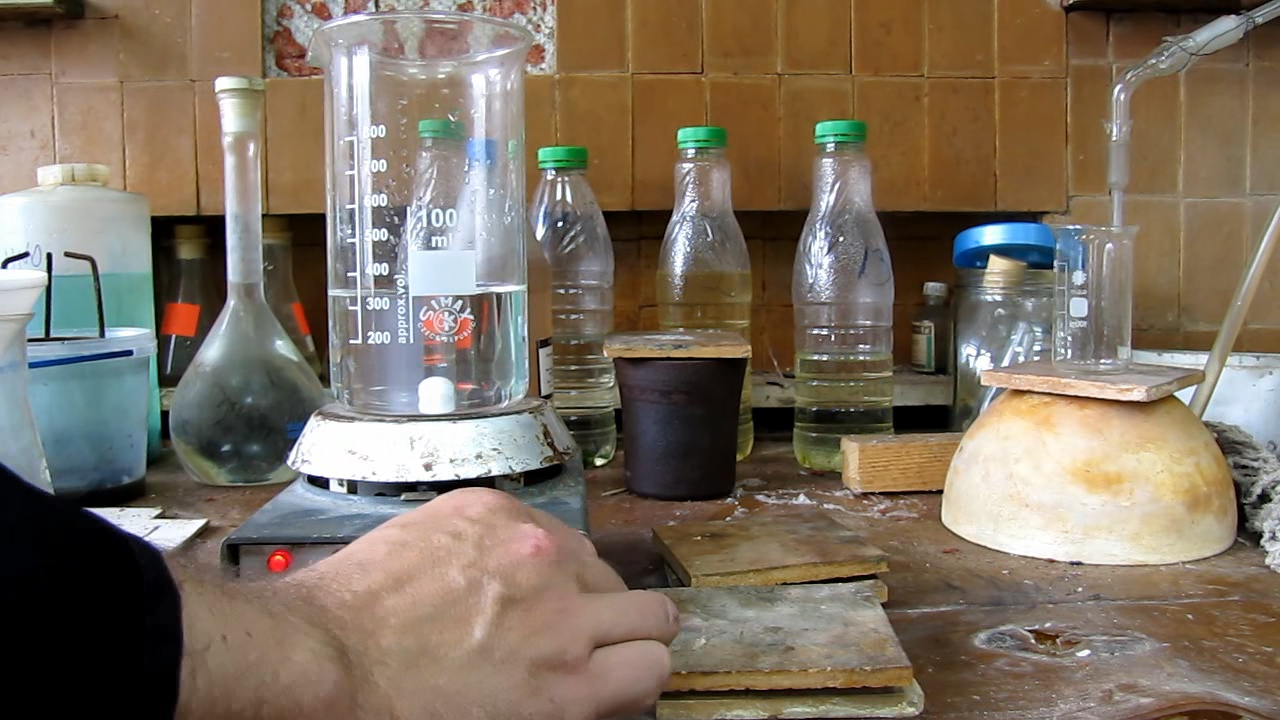
|
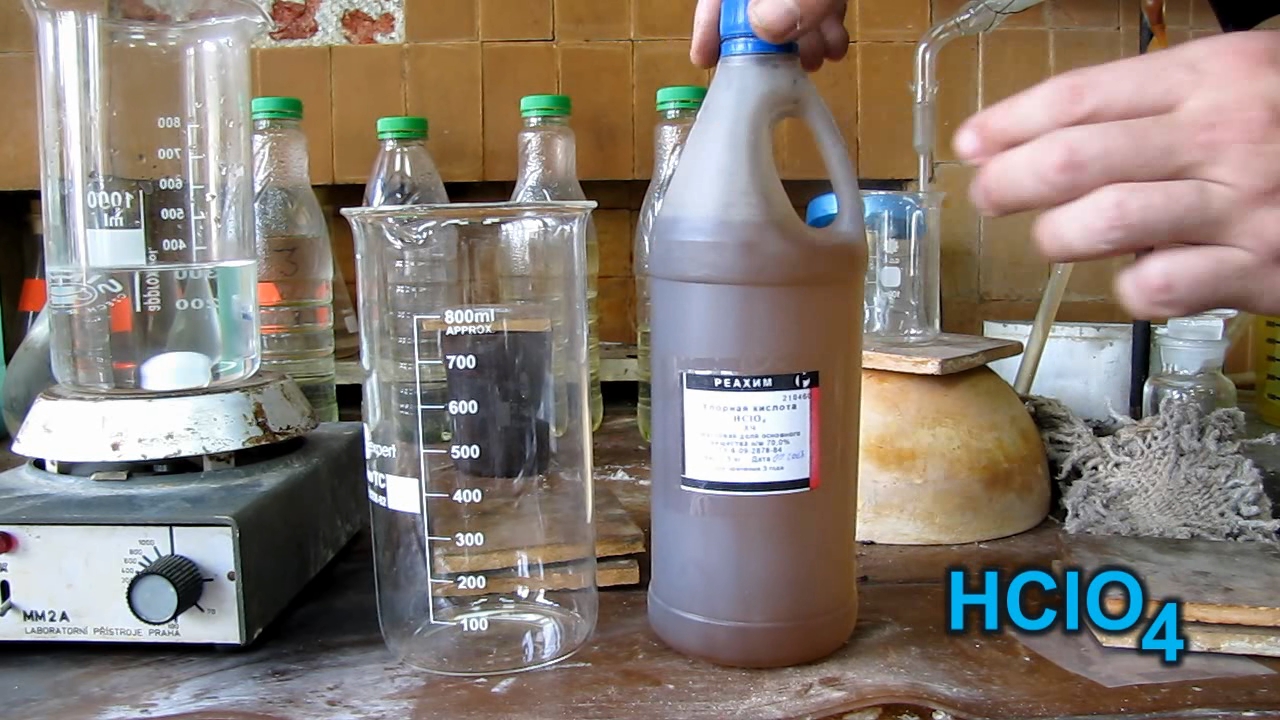
|
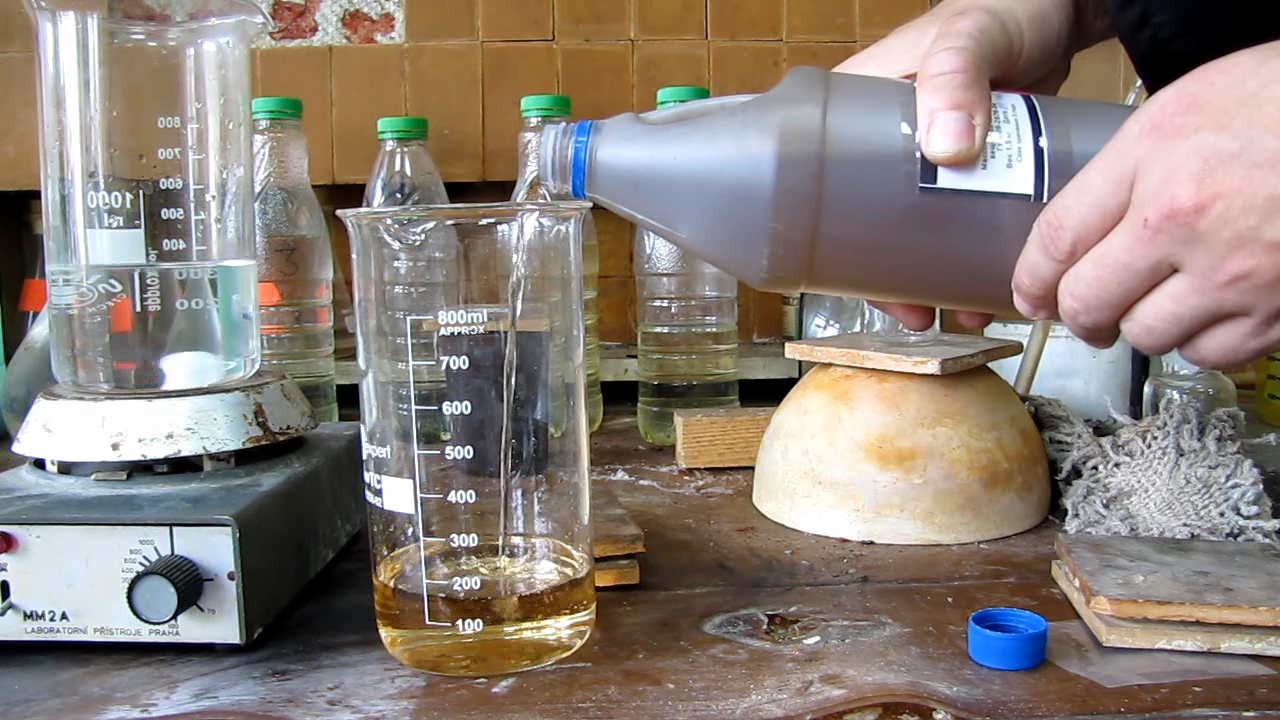
|
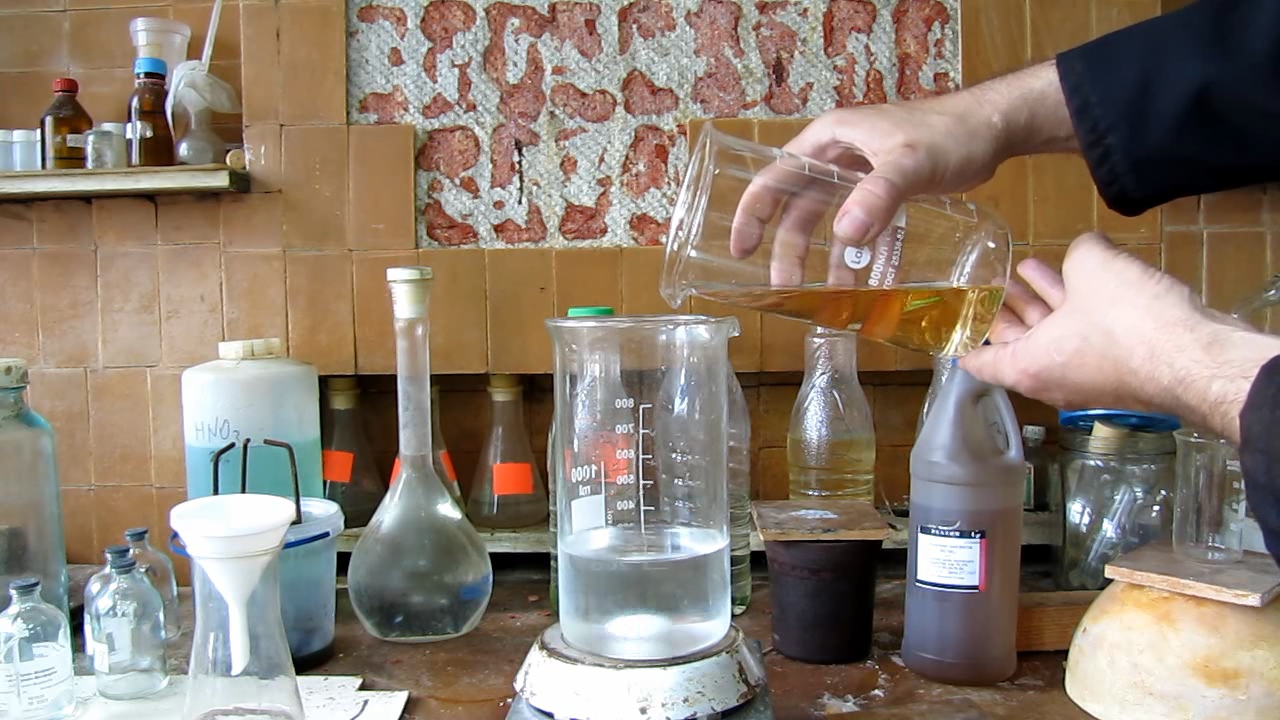
|

|
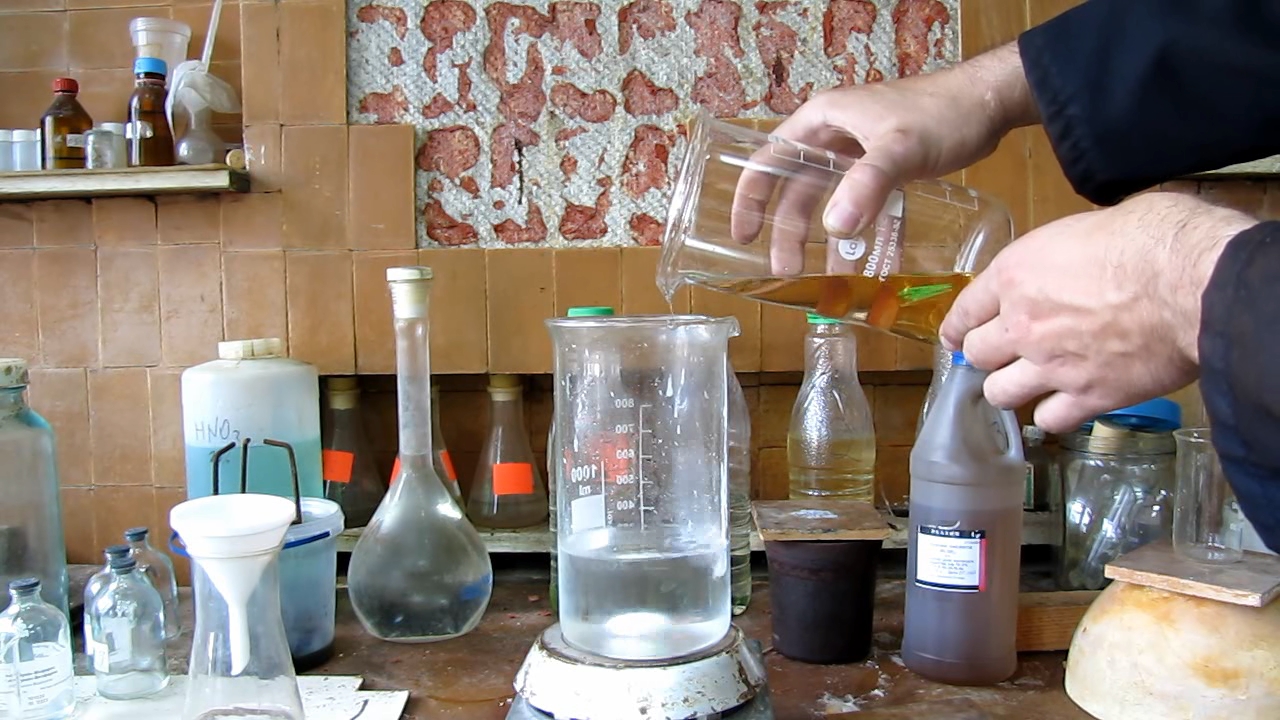
|
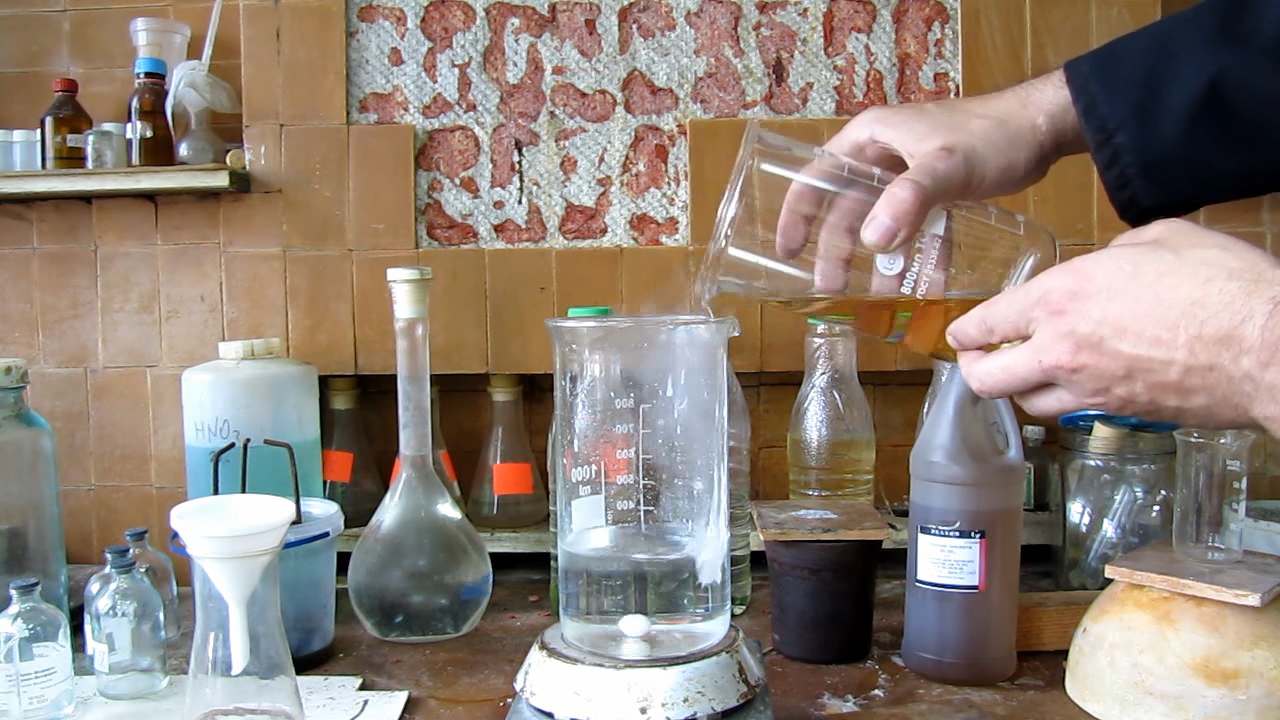
|
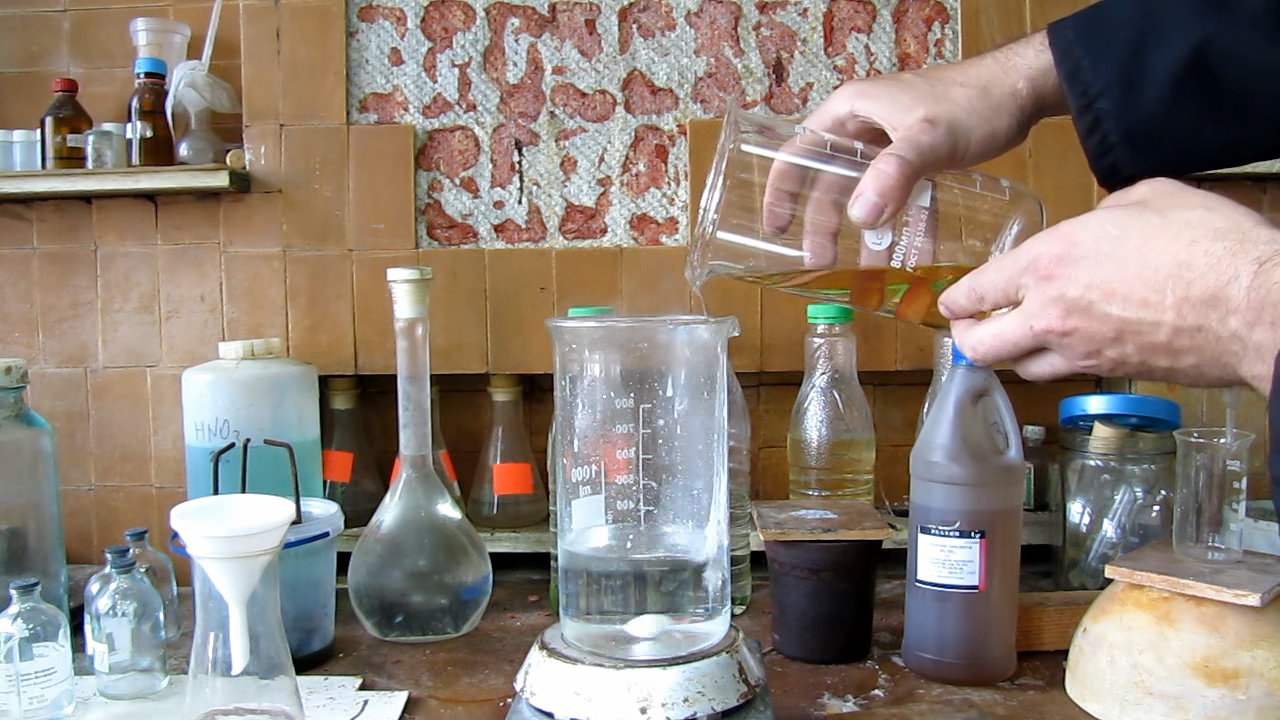
|
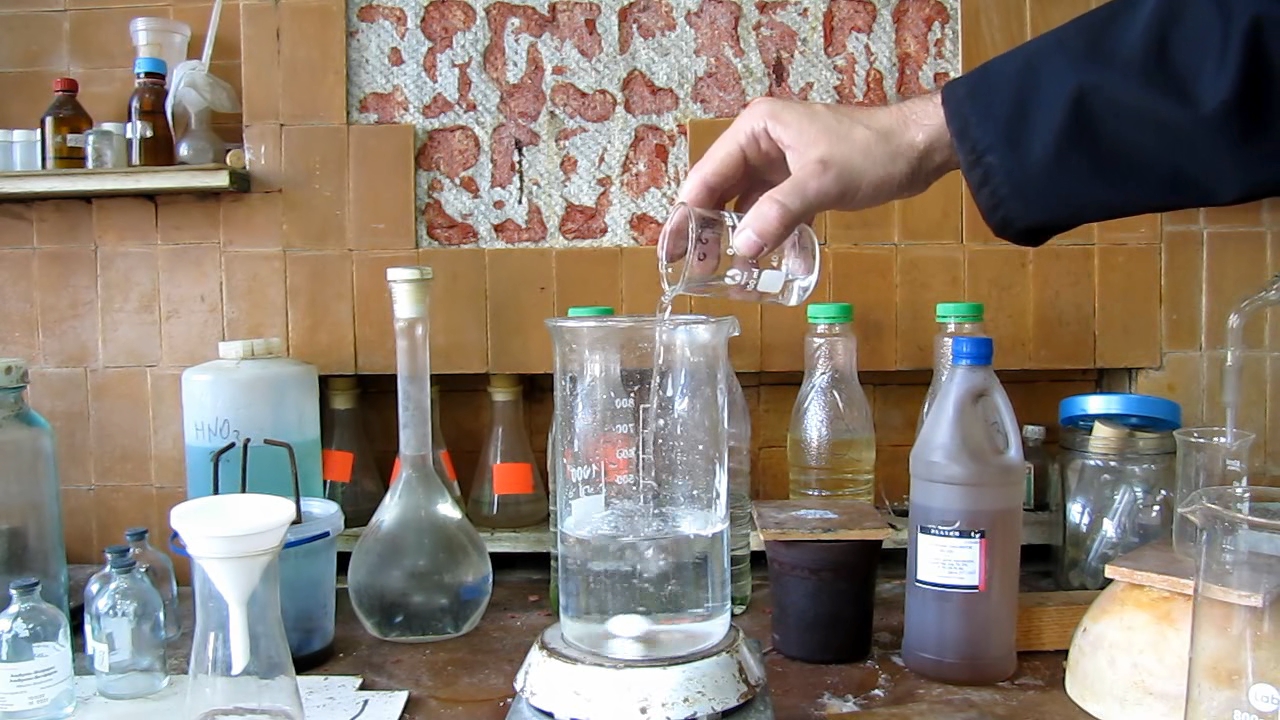
+ Water |

|
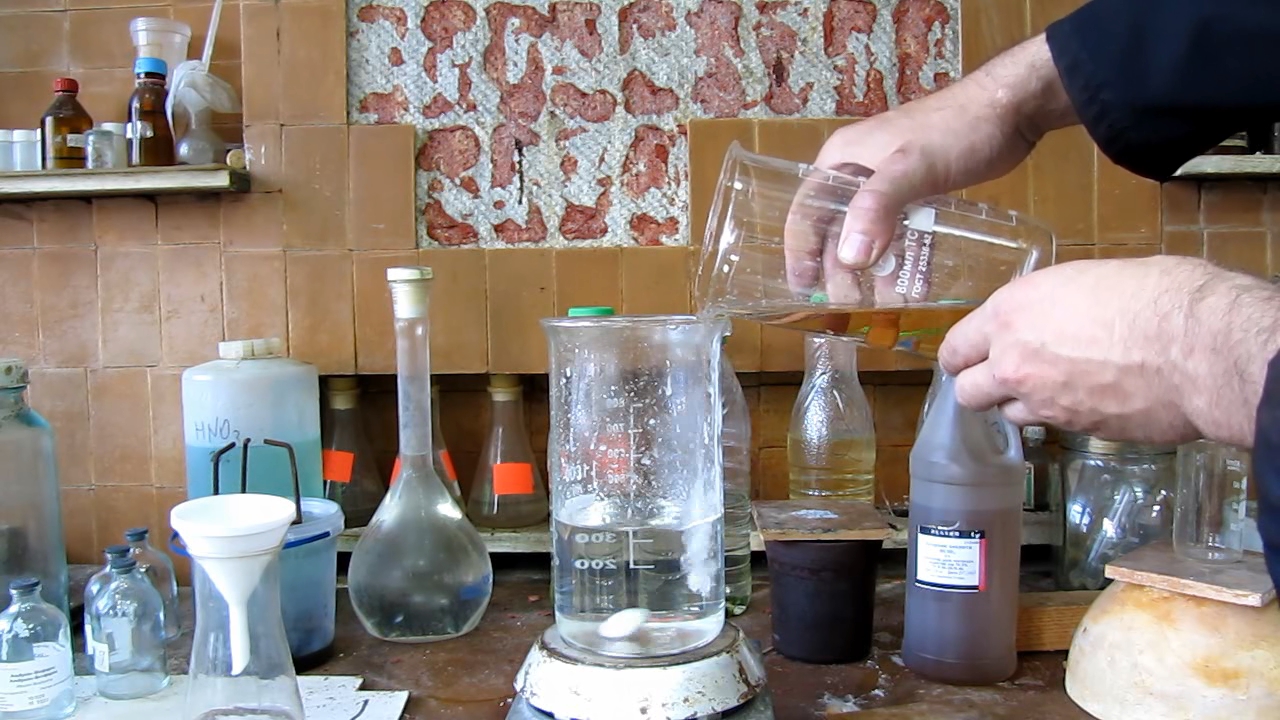
|

|
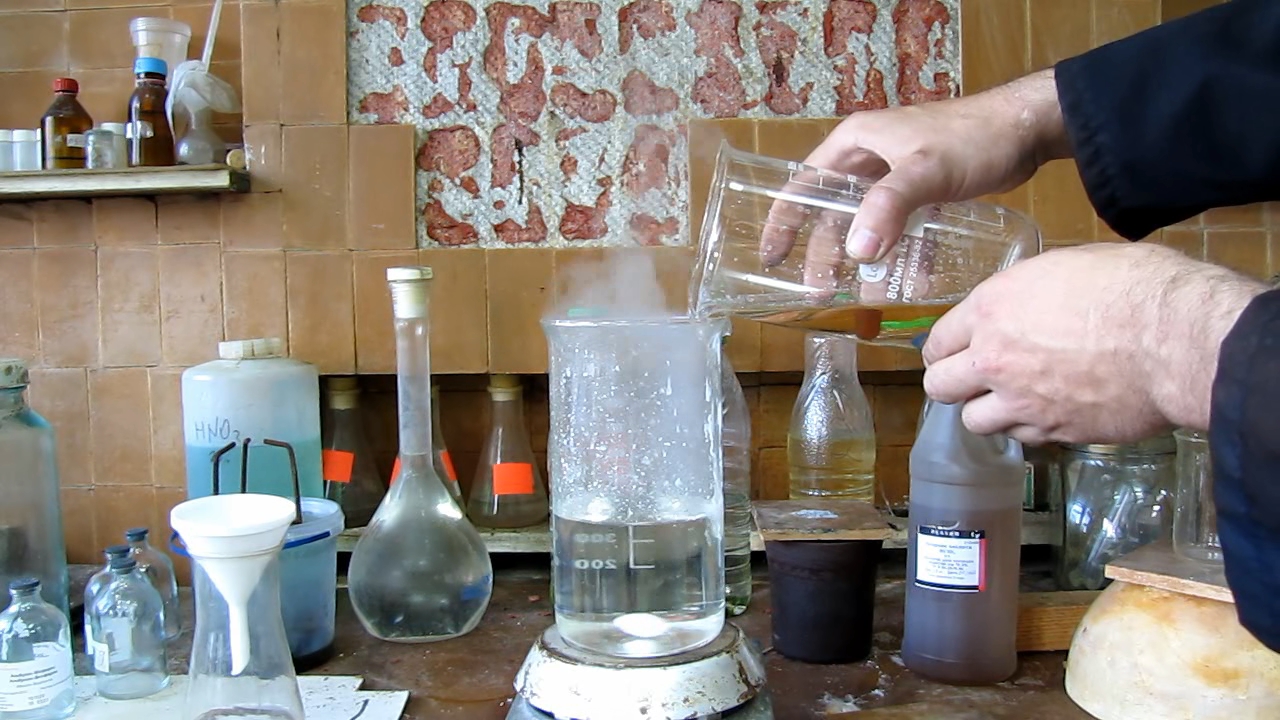
|
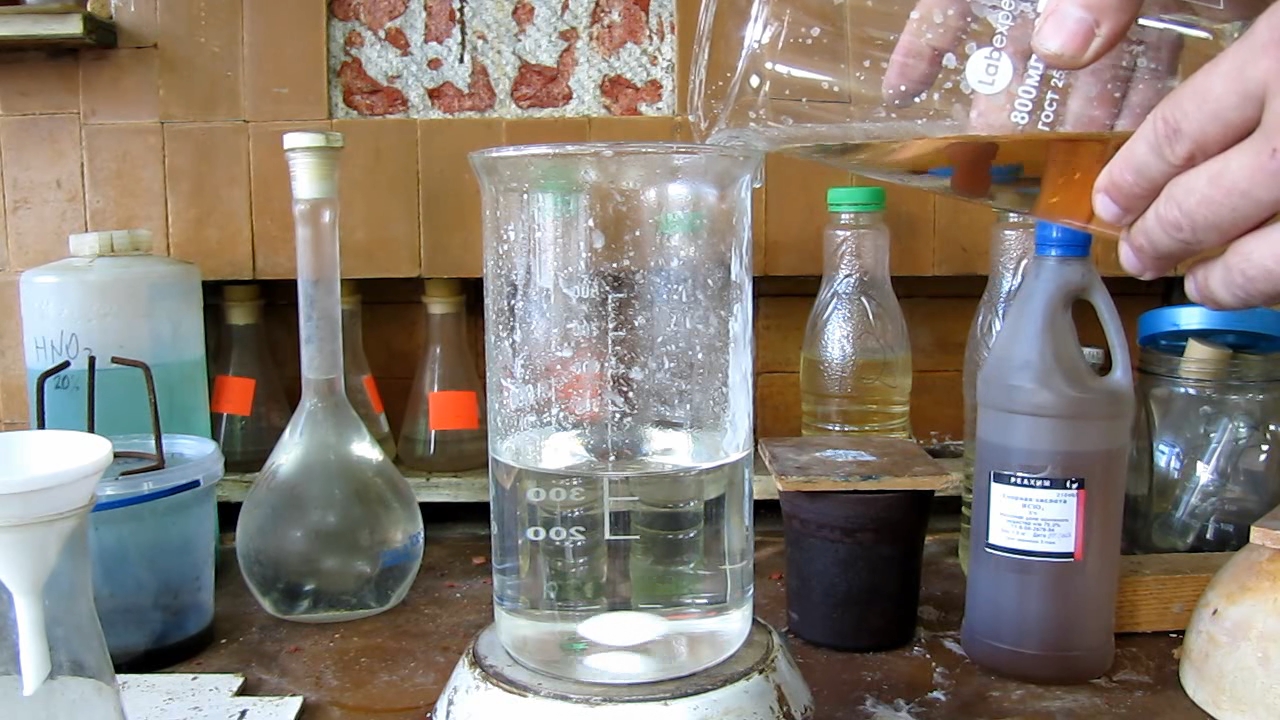
|
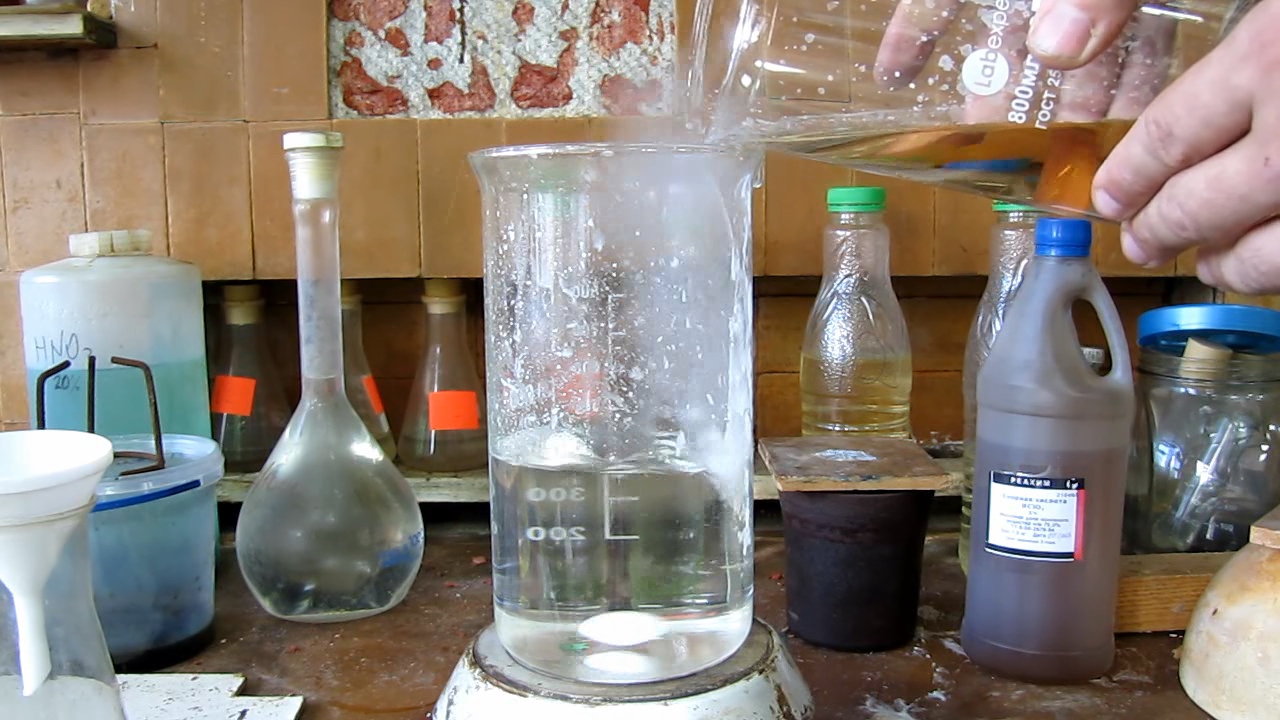
|

|
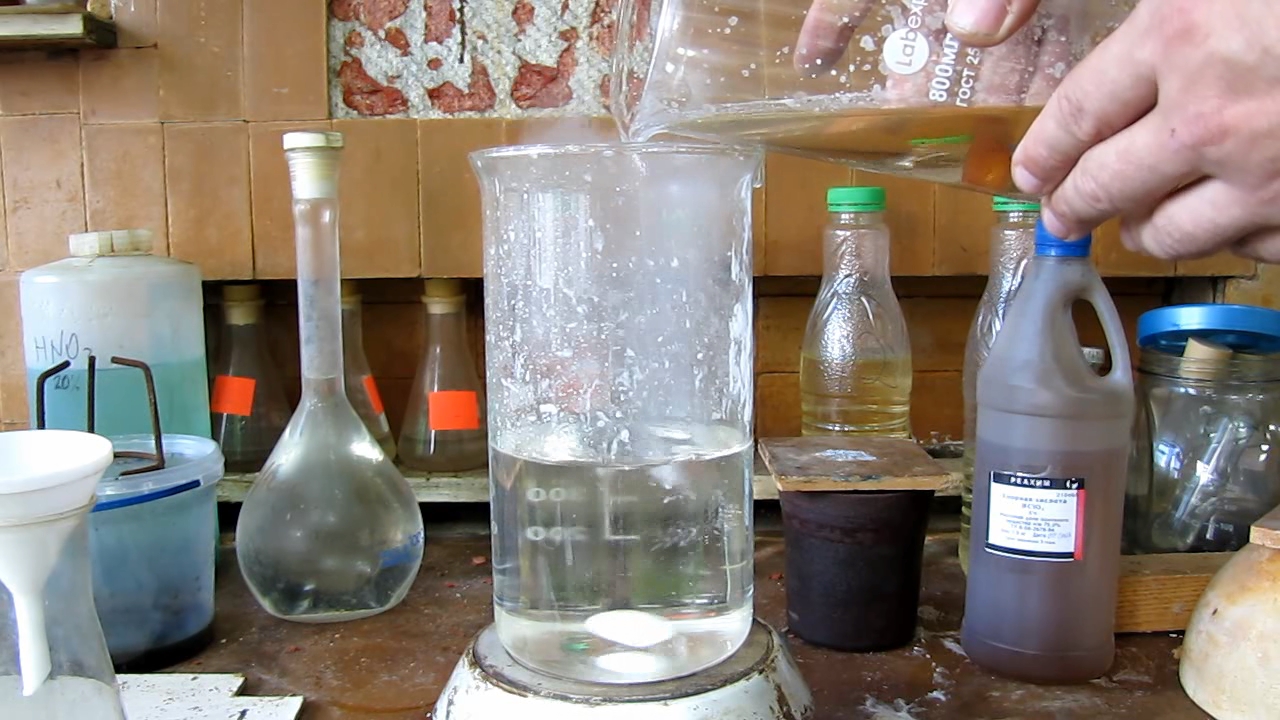
|
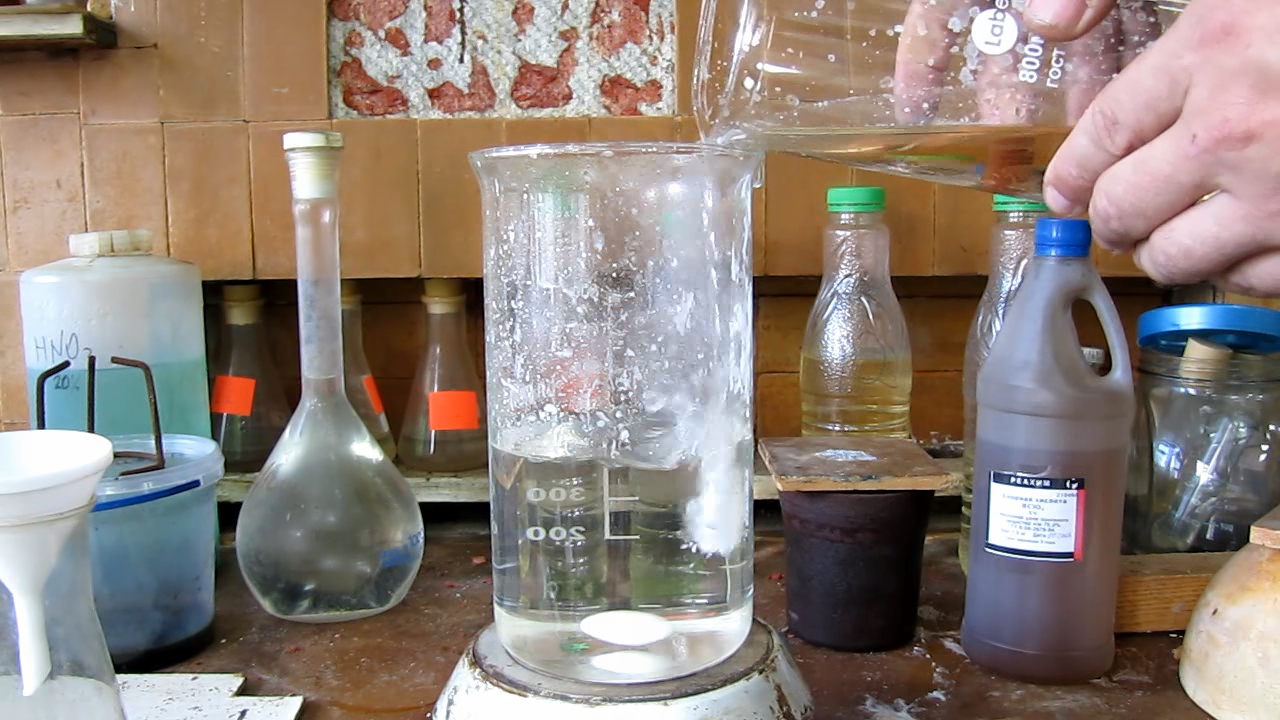
|
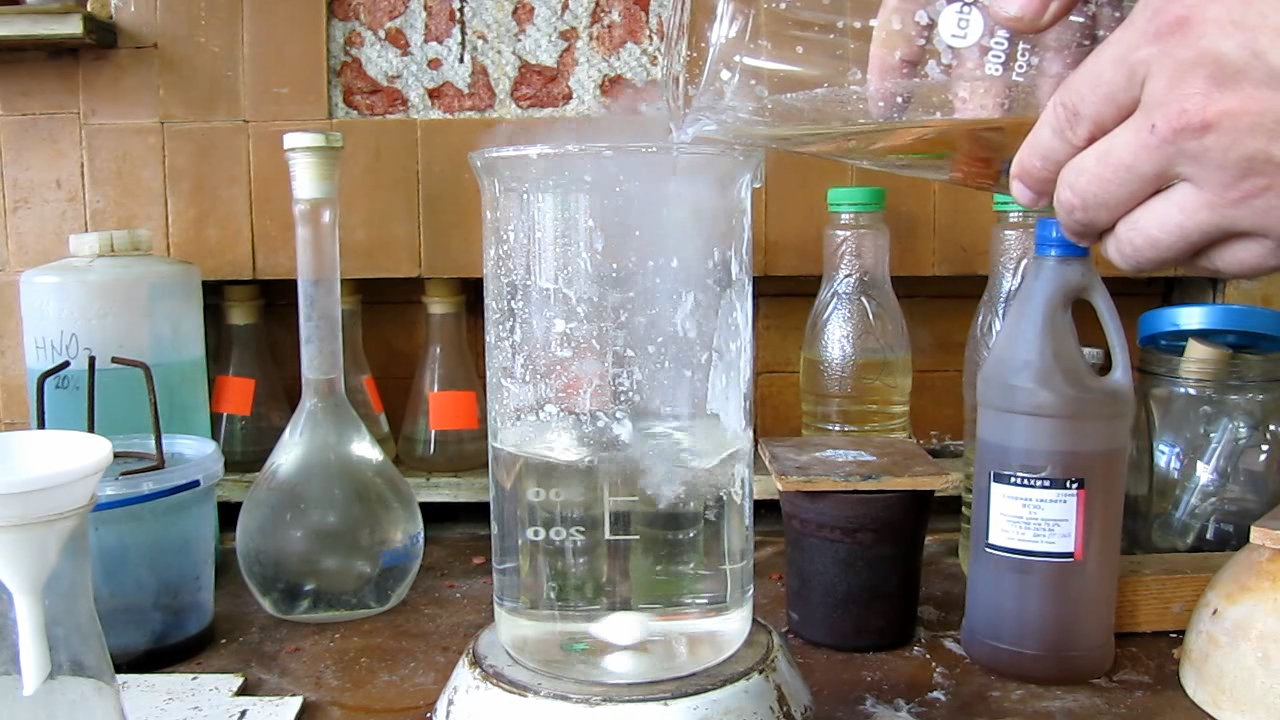
|

|
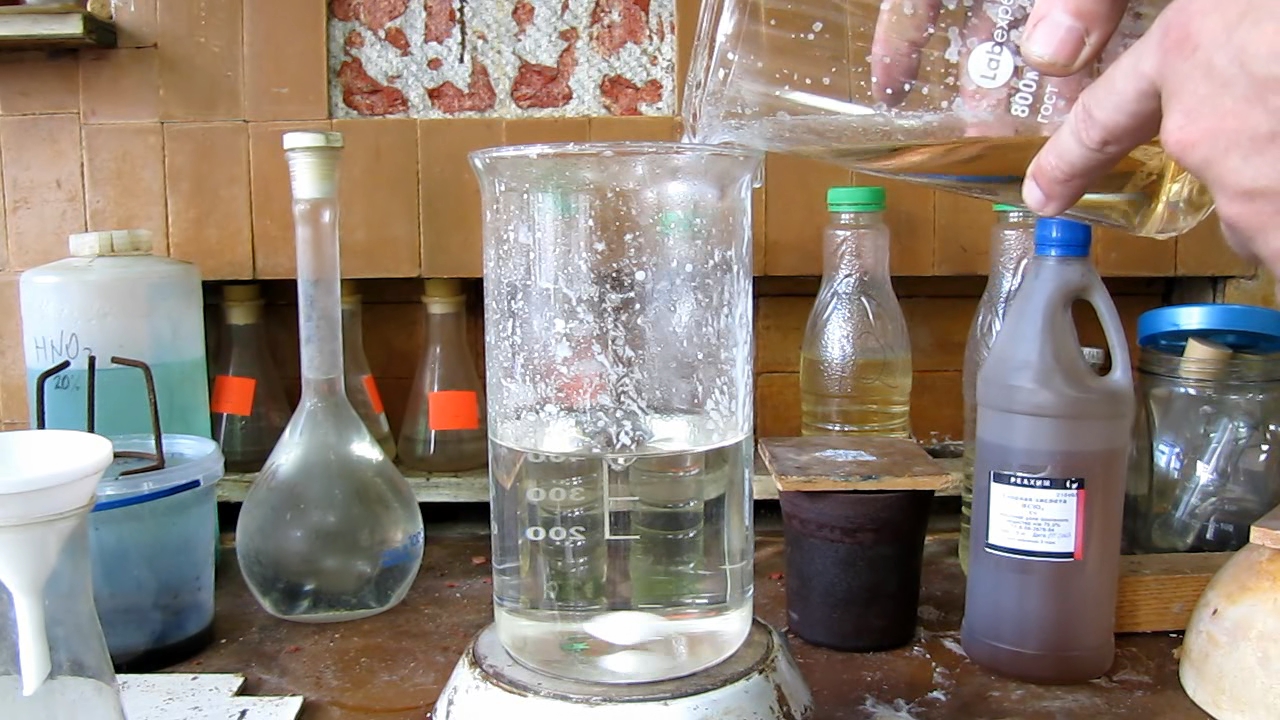
|

|

|
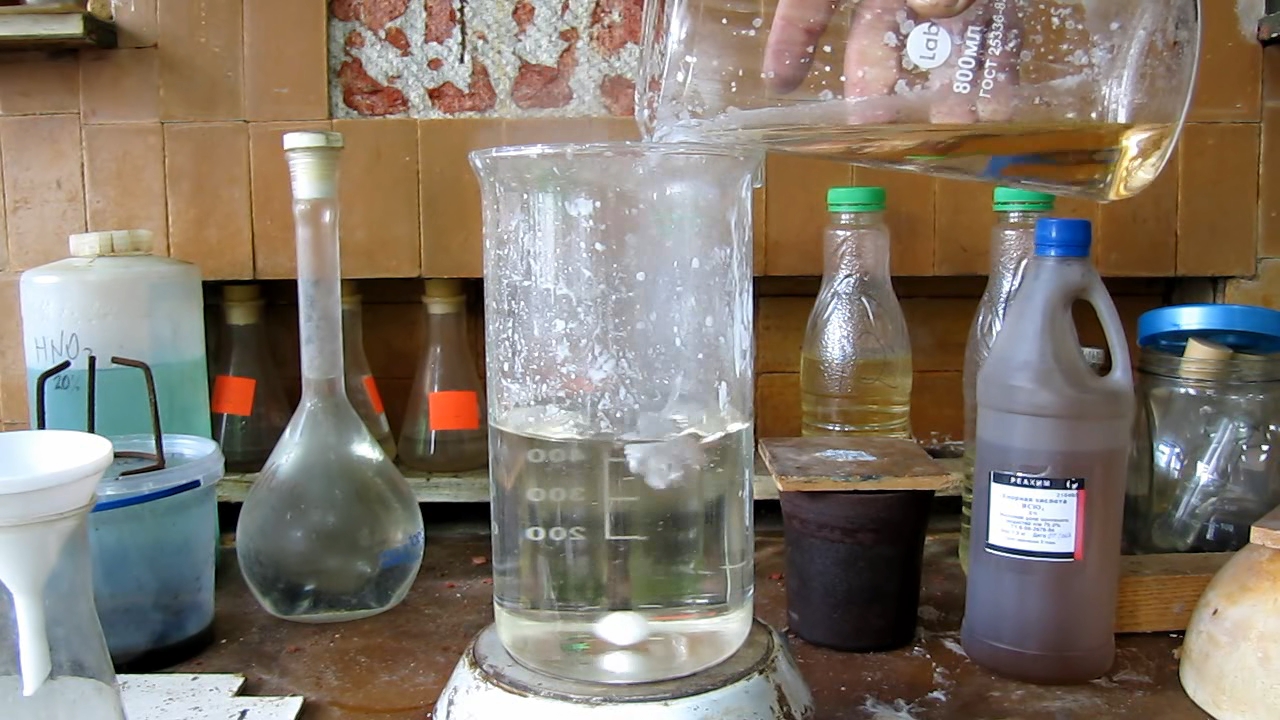
|
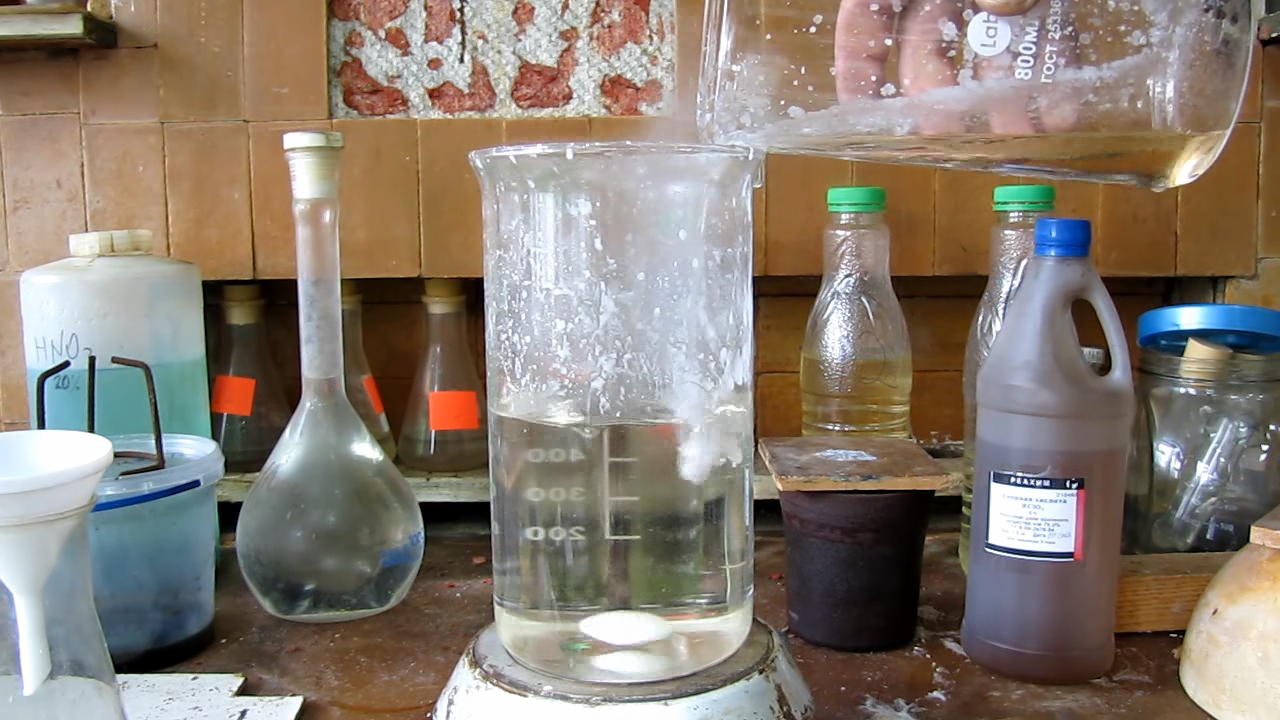
|

|
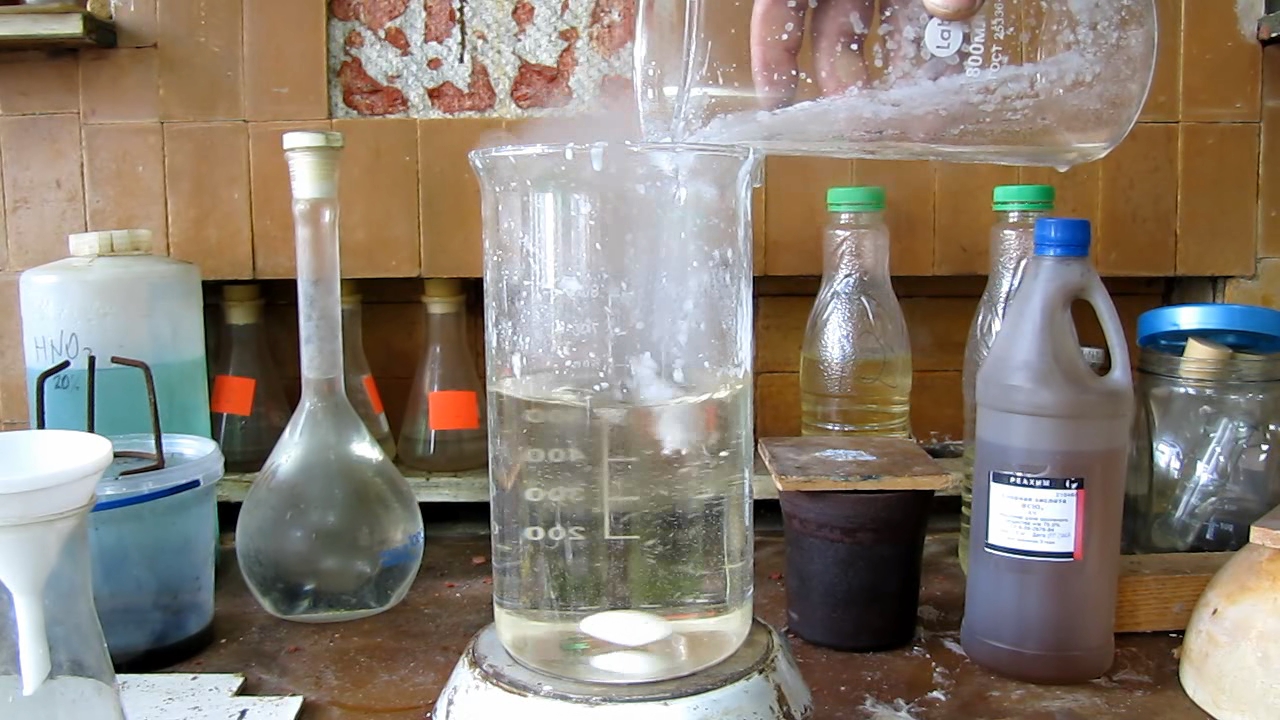
|
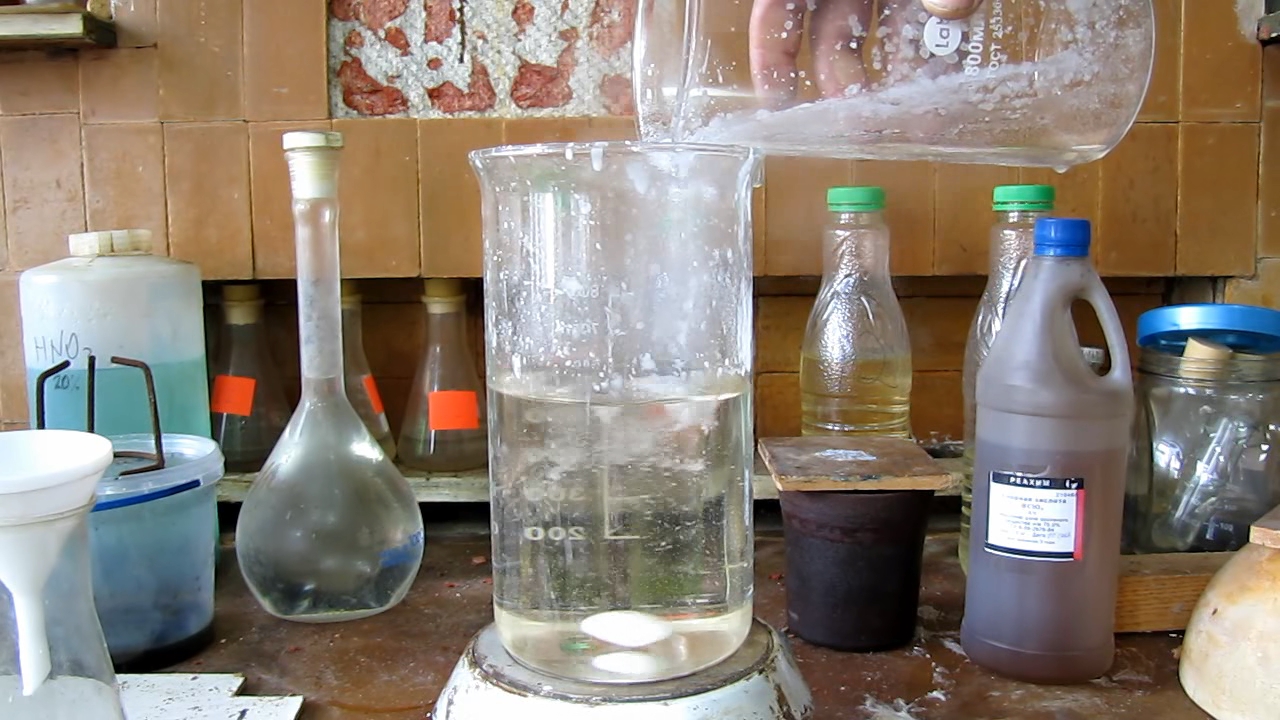
|
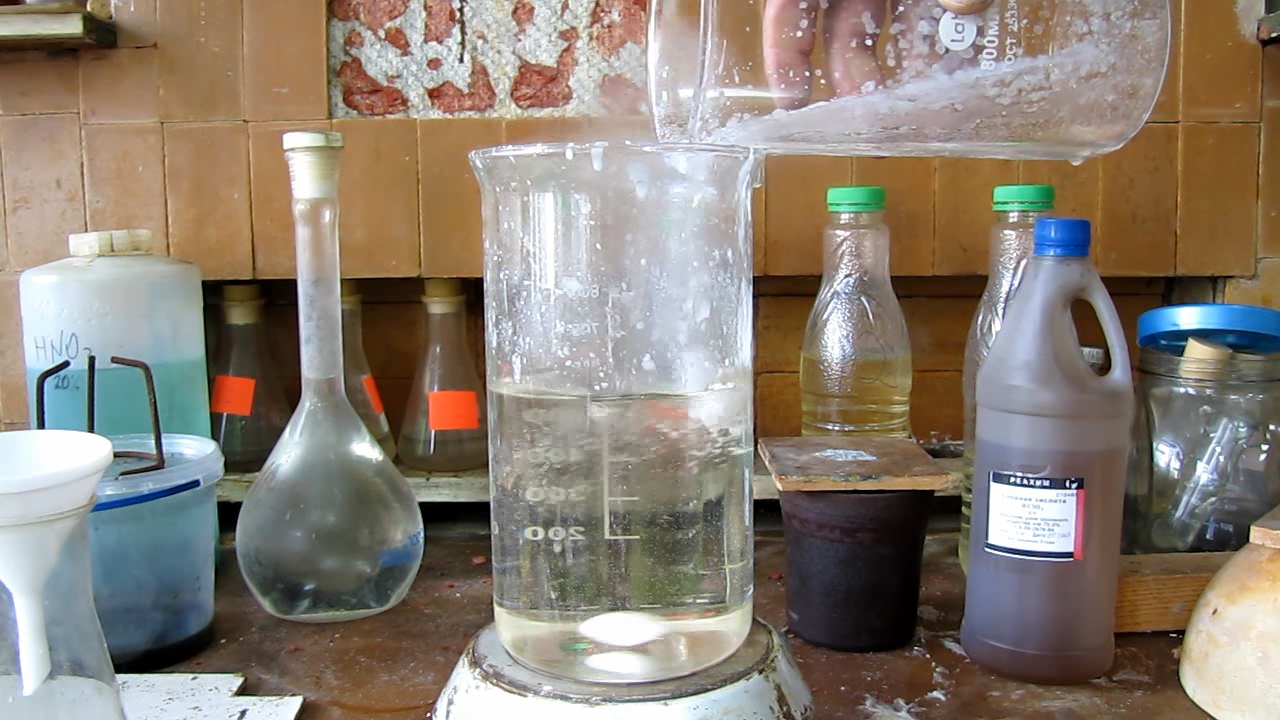
|

|
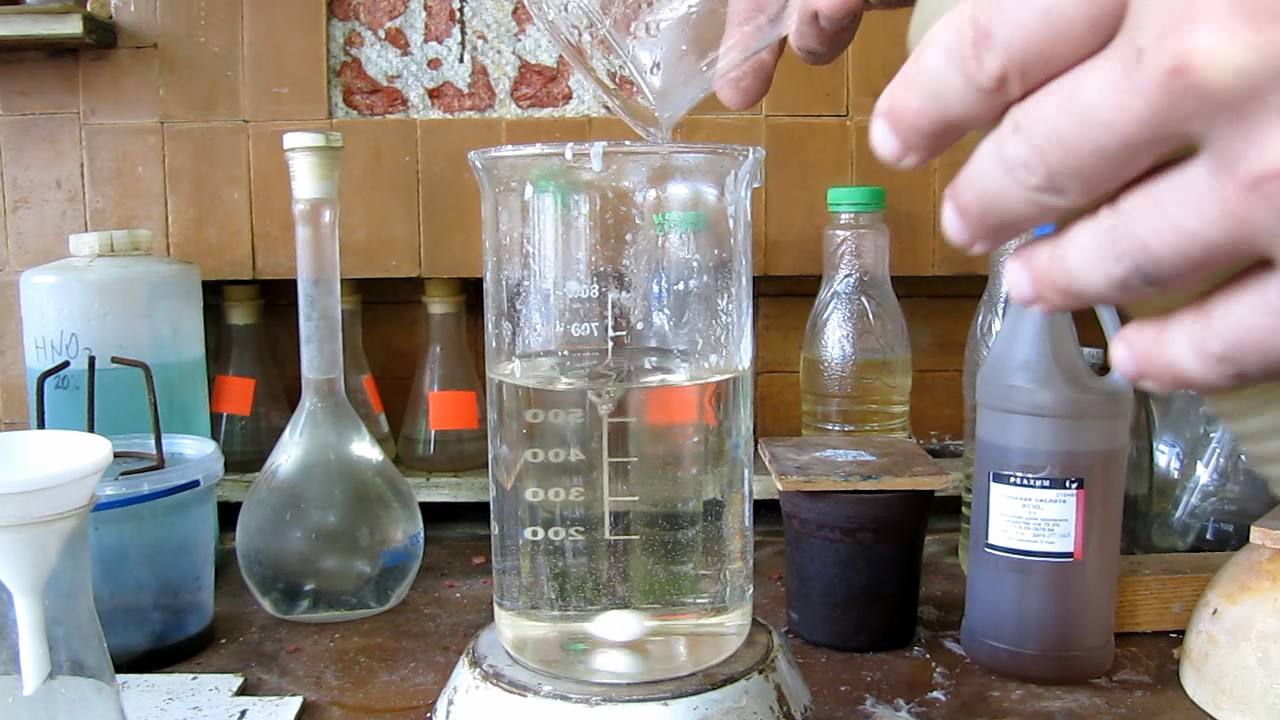
|
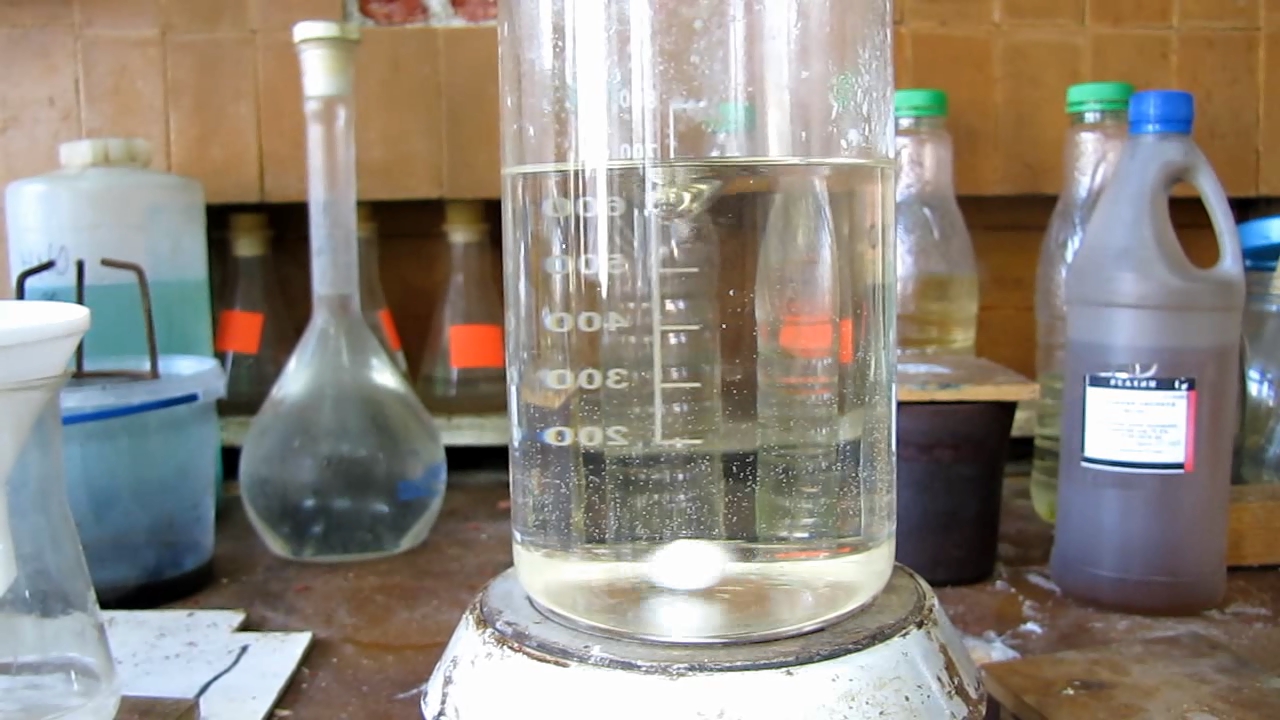
|
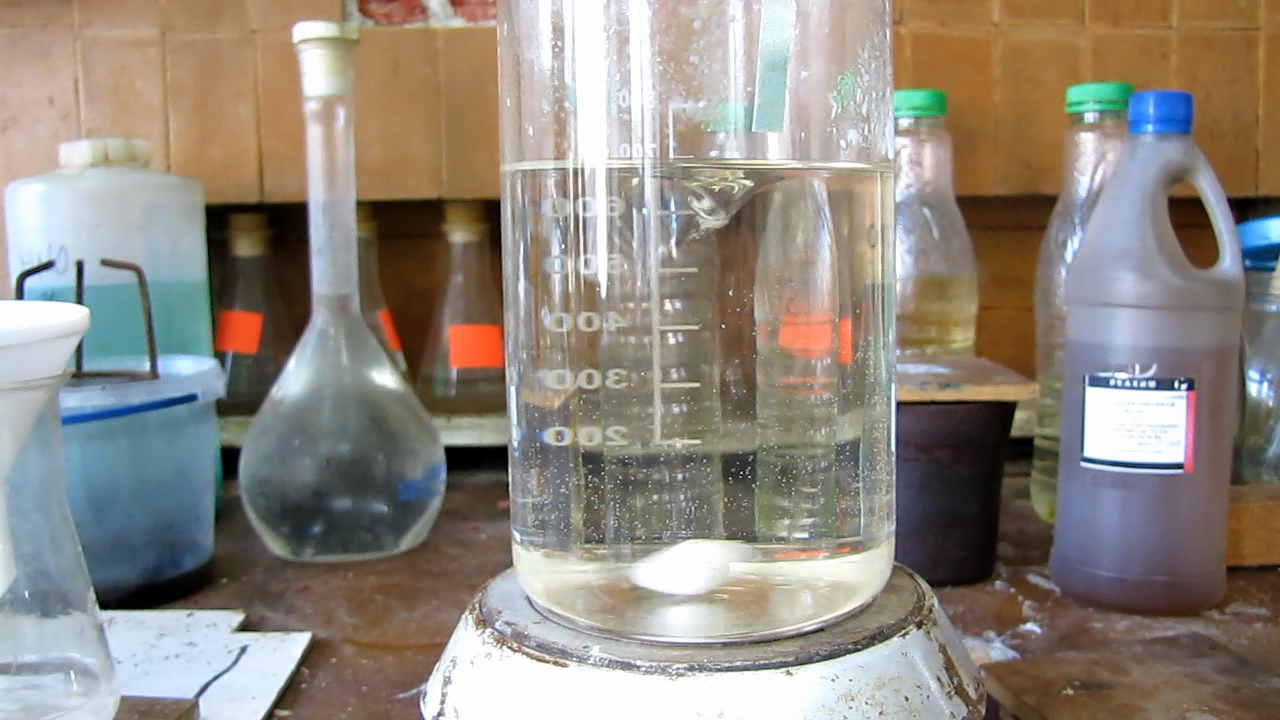
|
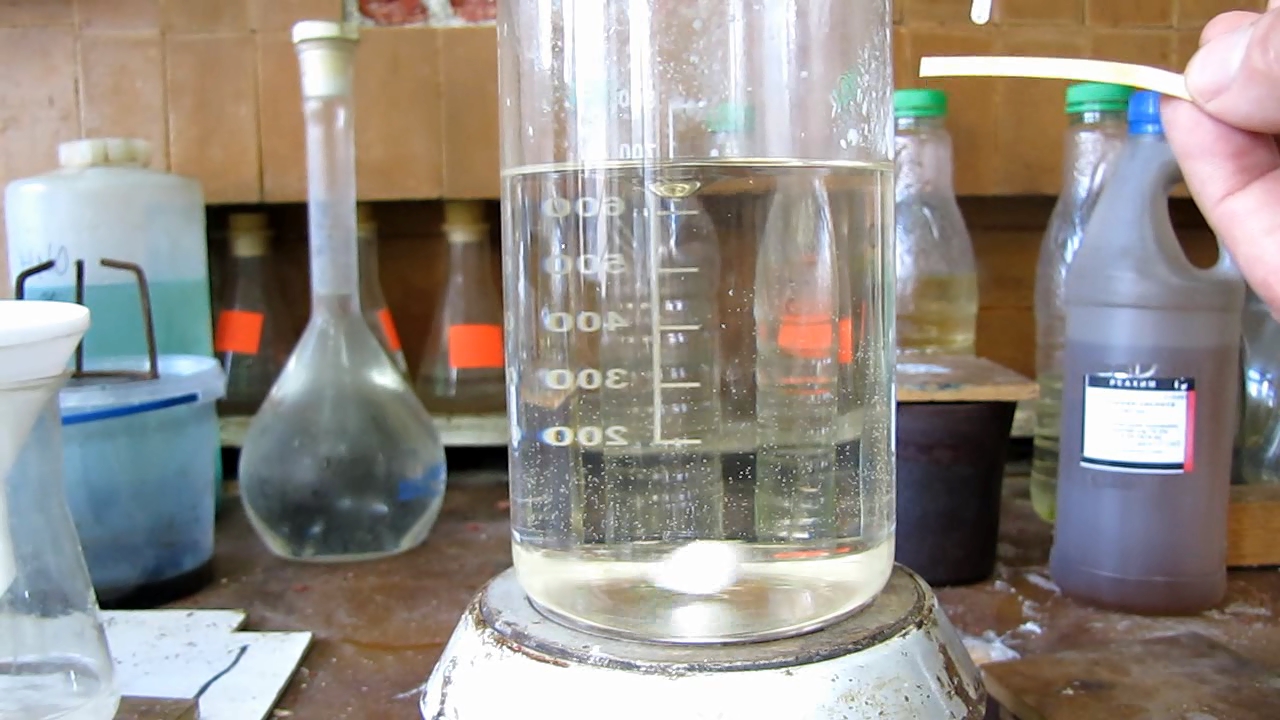
|

|
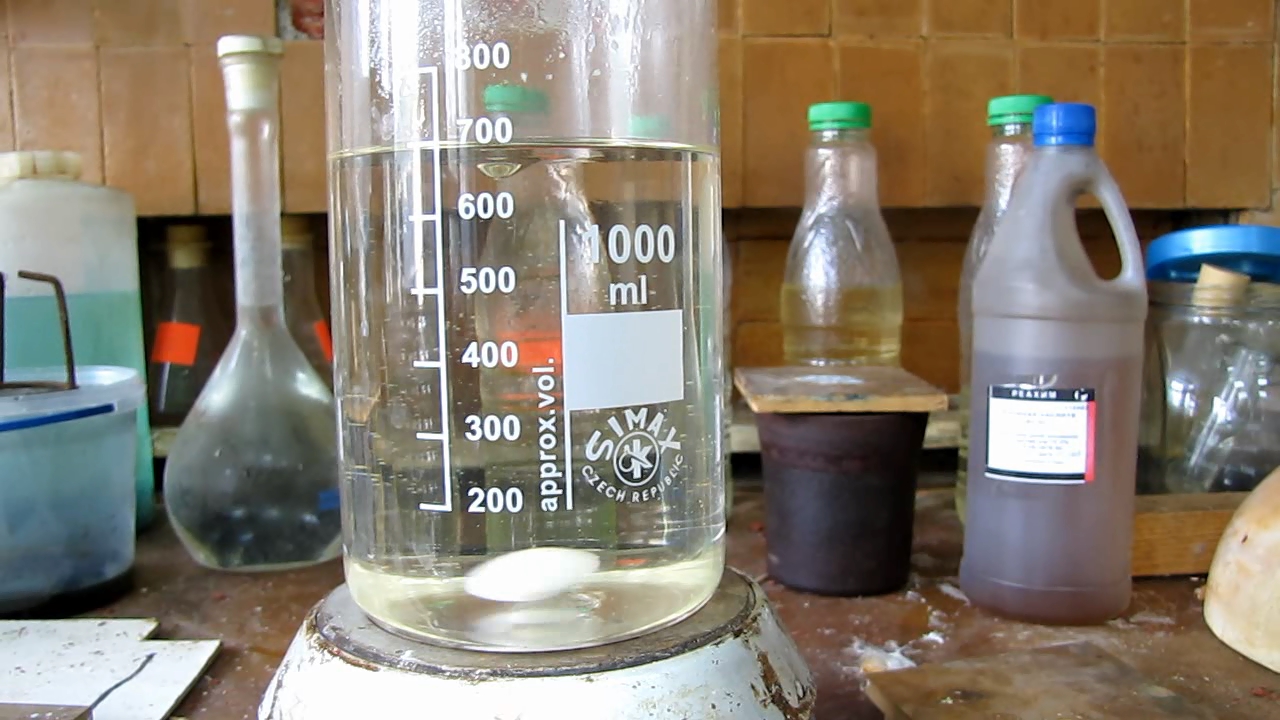
|
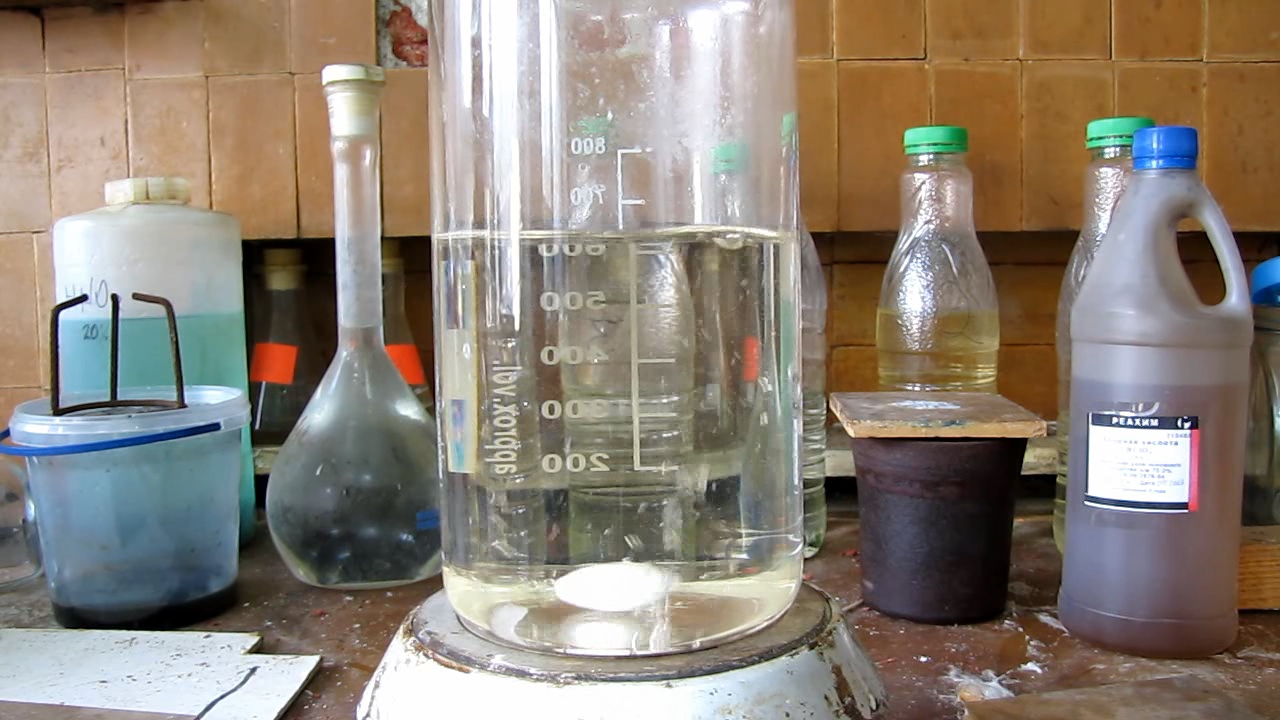
|
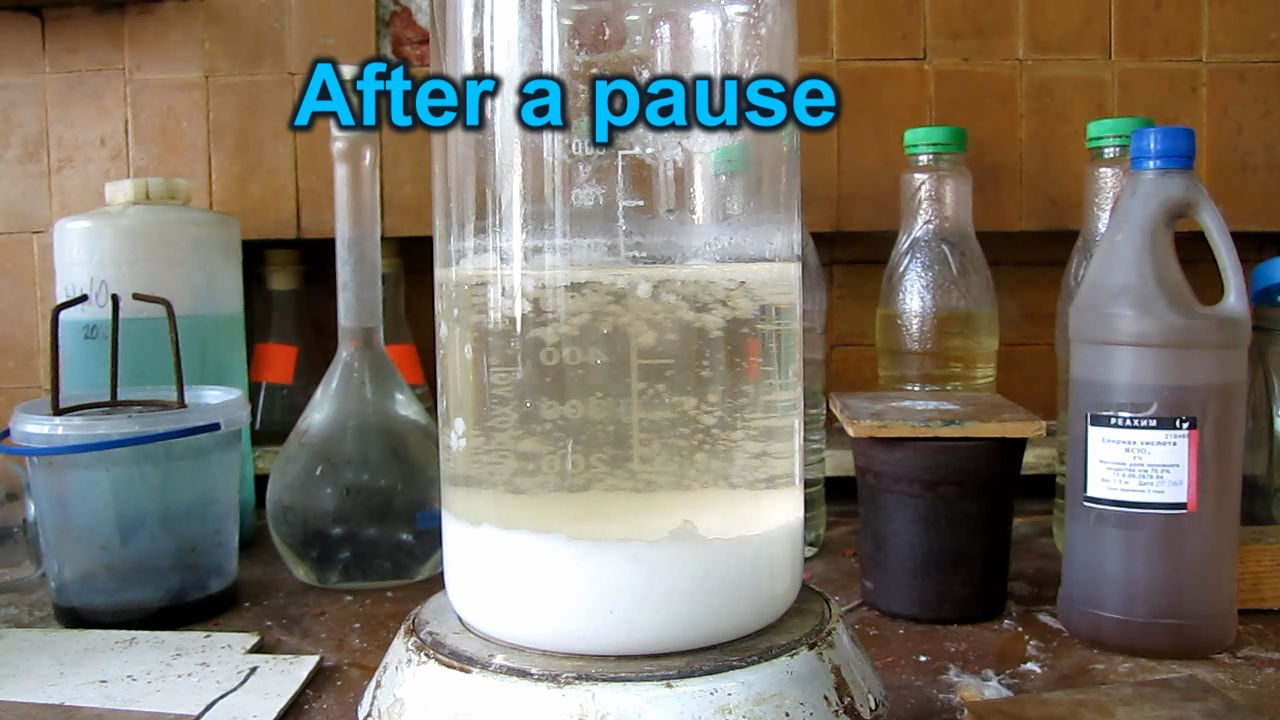
|
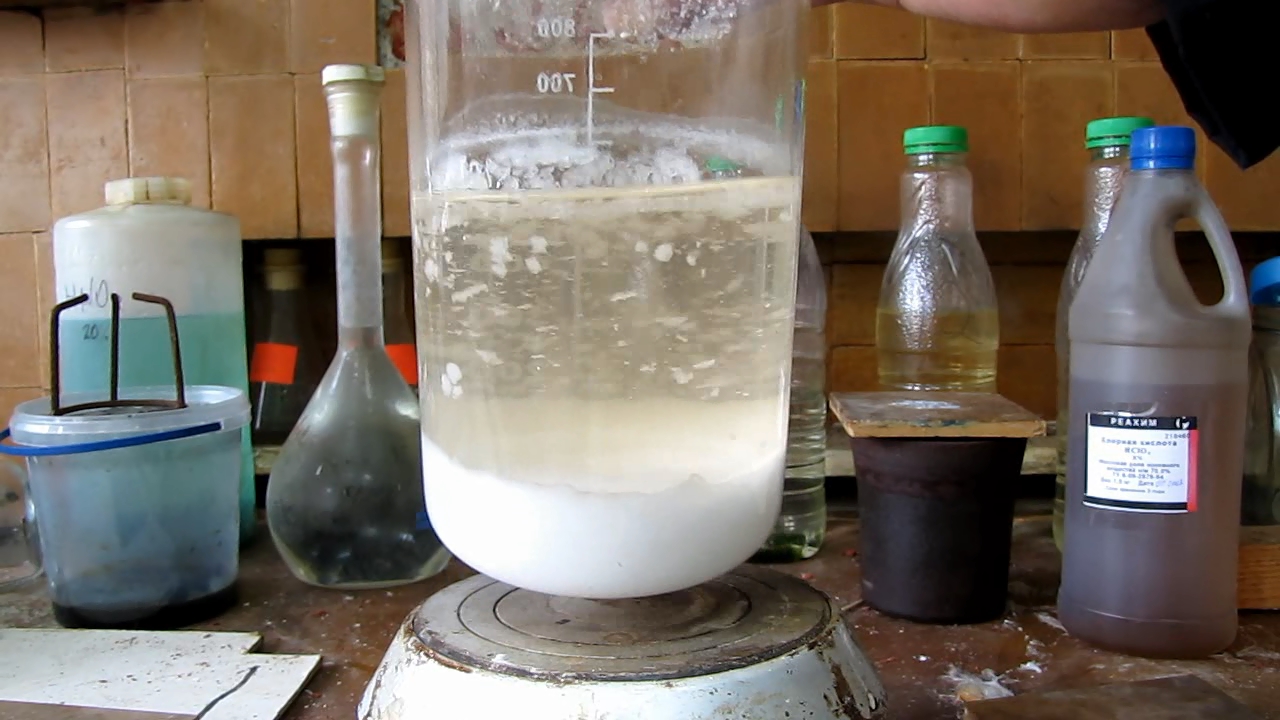
|
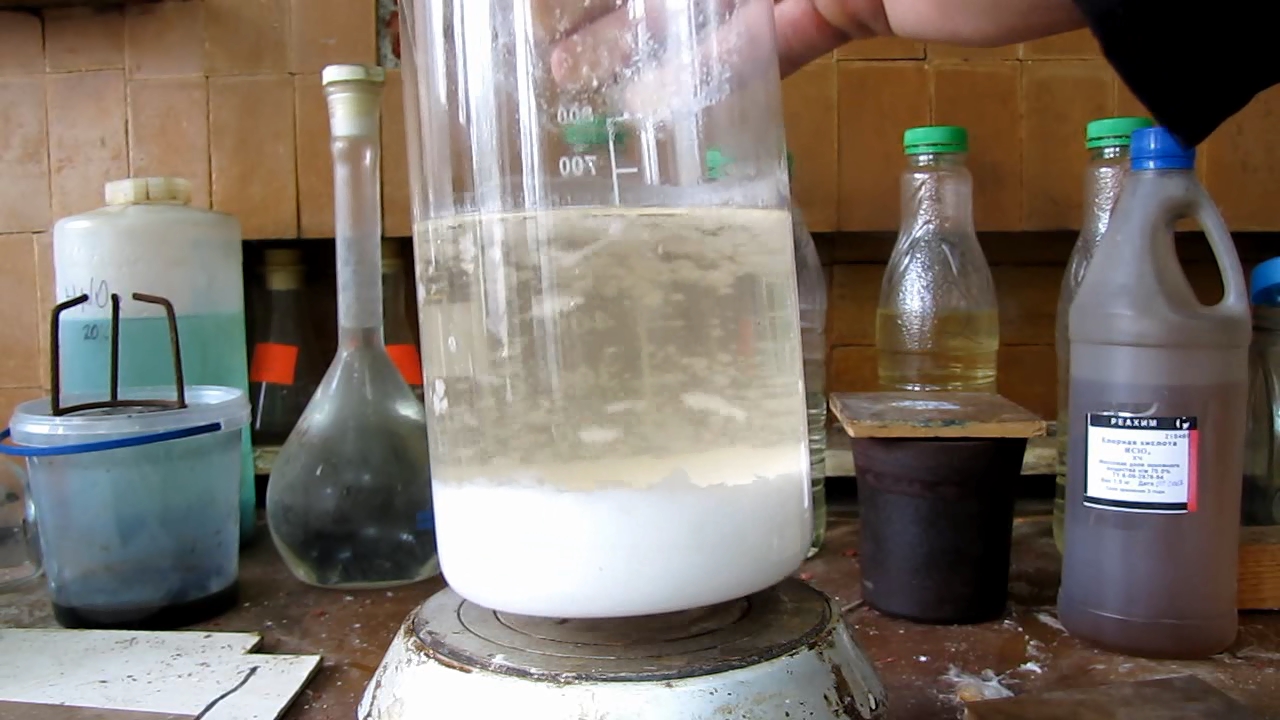
|
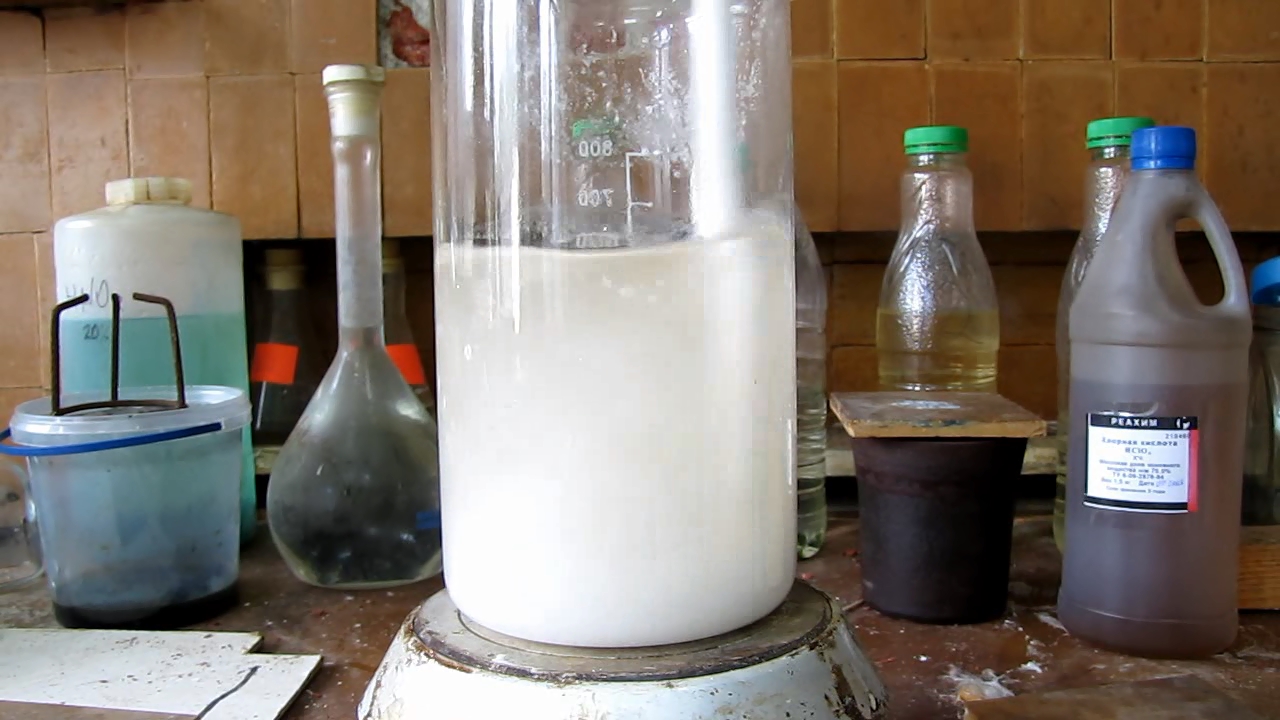
|
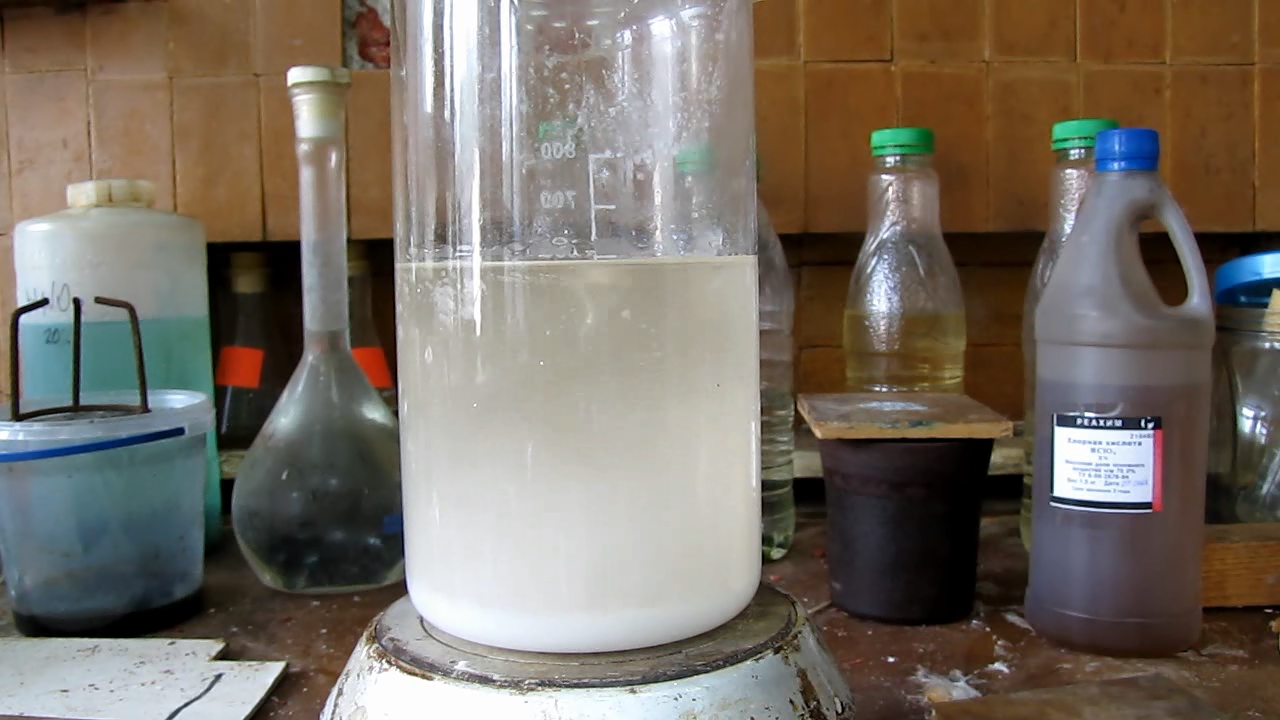
|
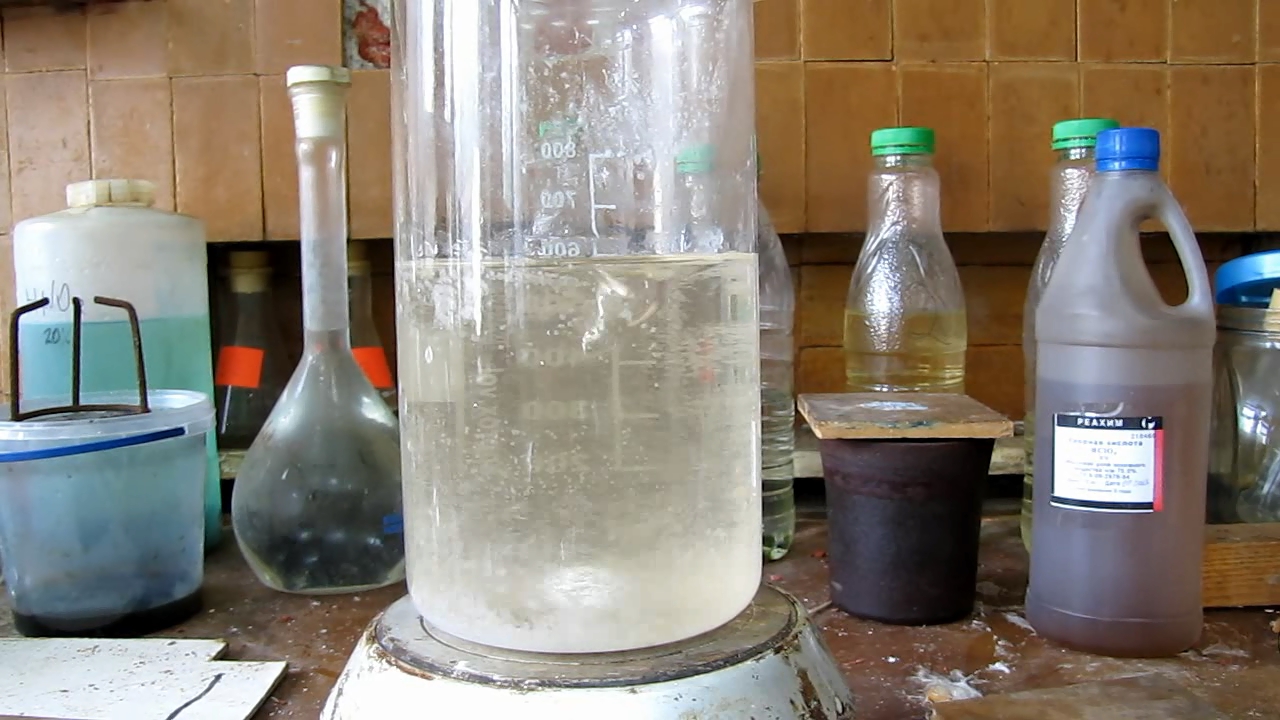
|

|
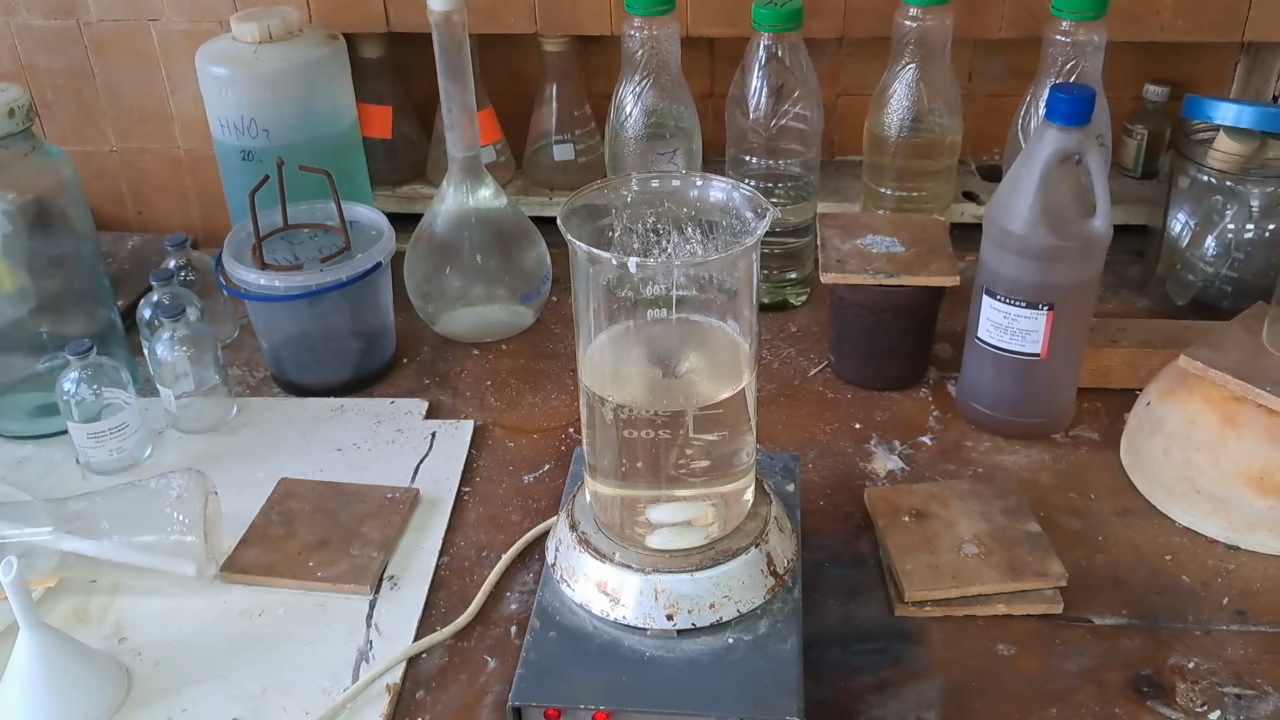
|
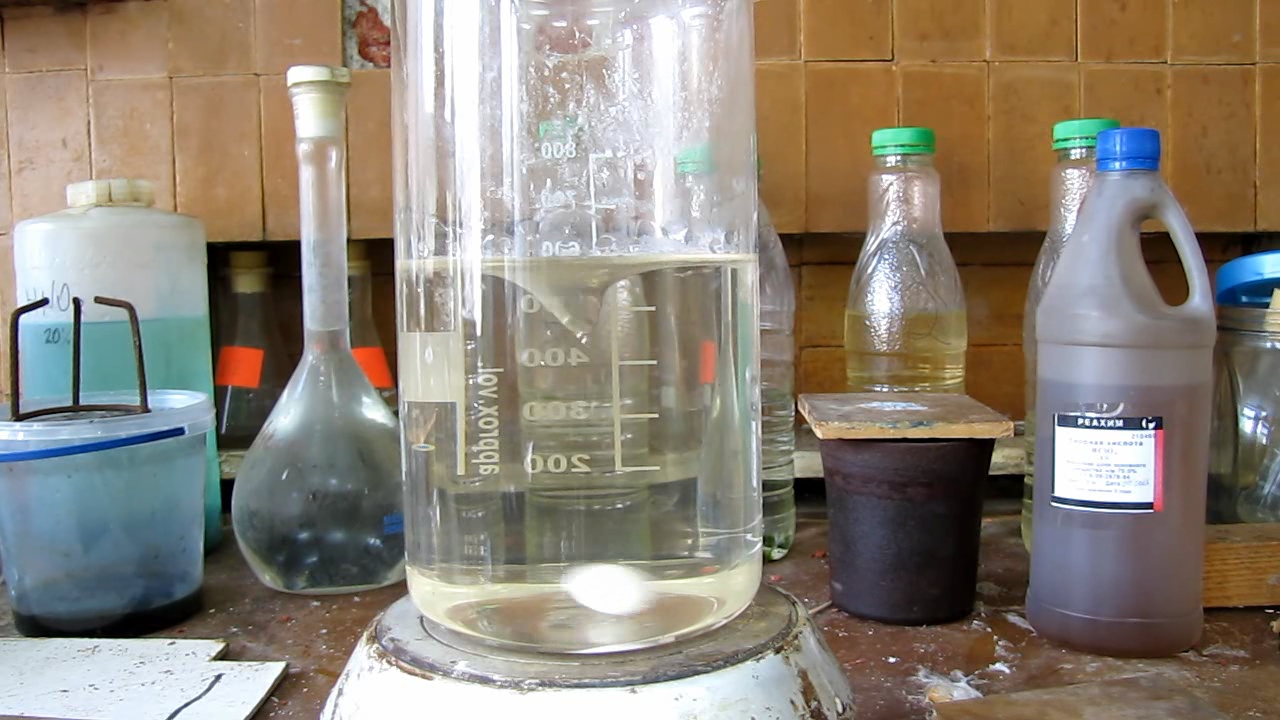
|
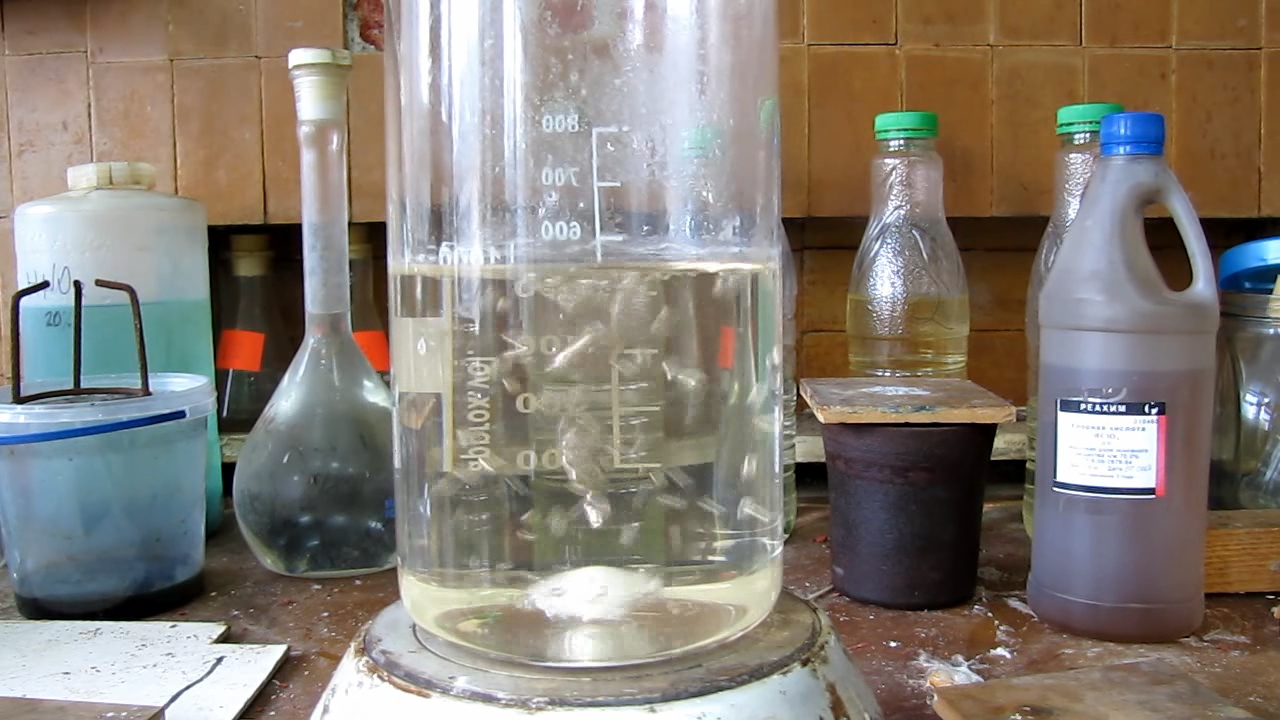
|

|
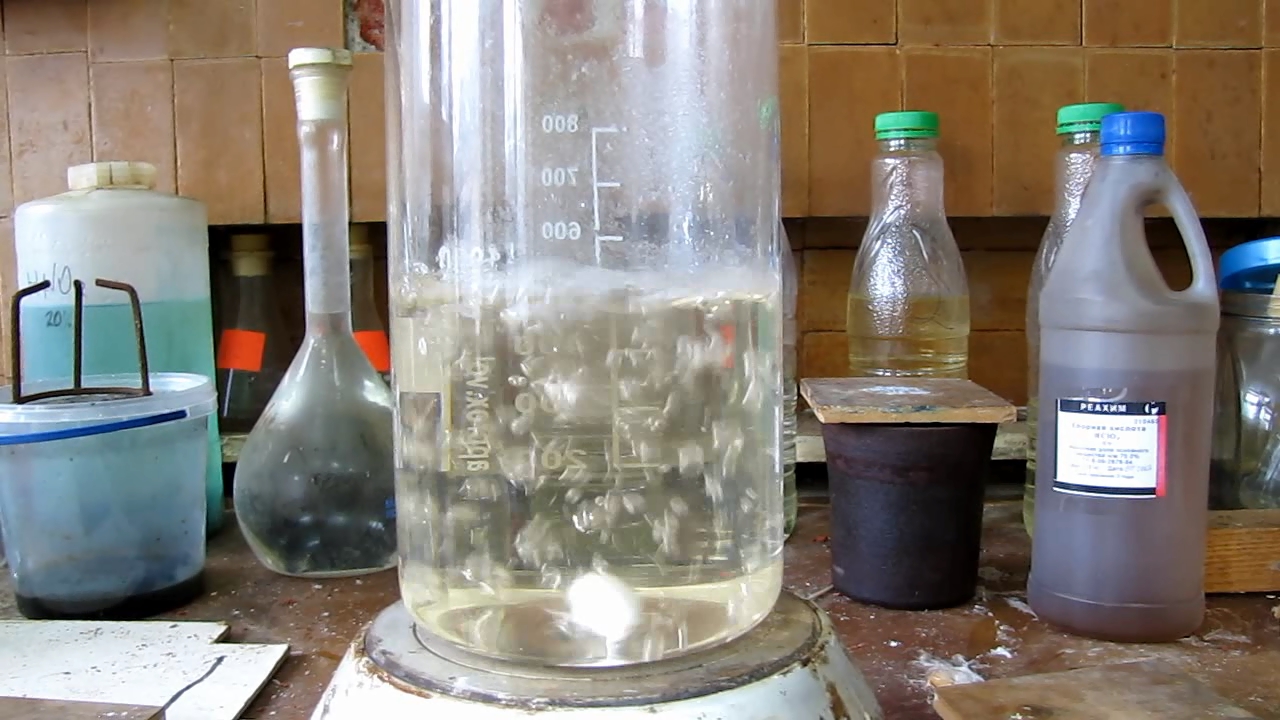
|

|
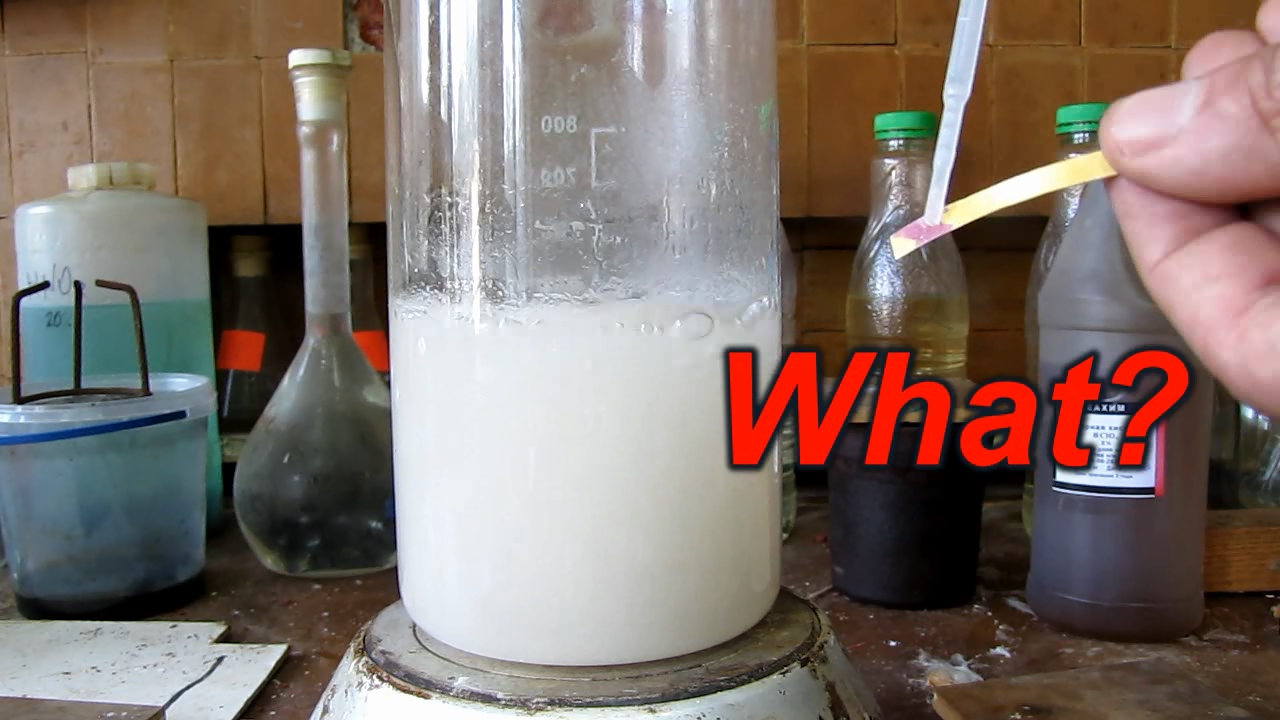
|

|

|
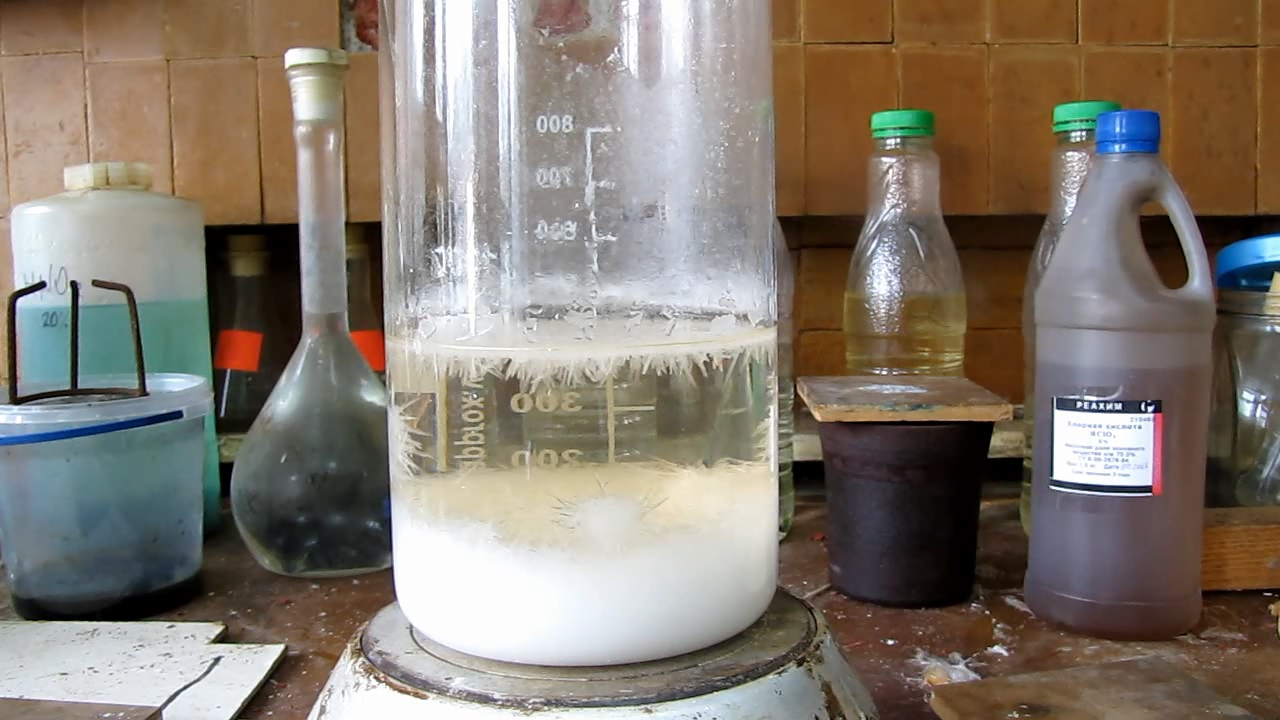
|

|
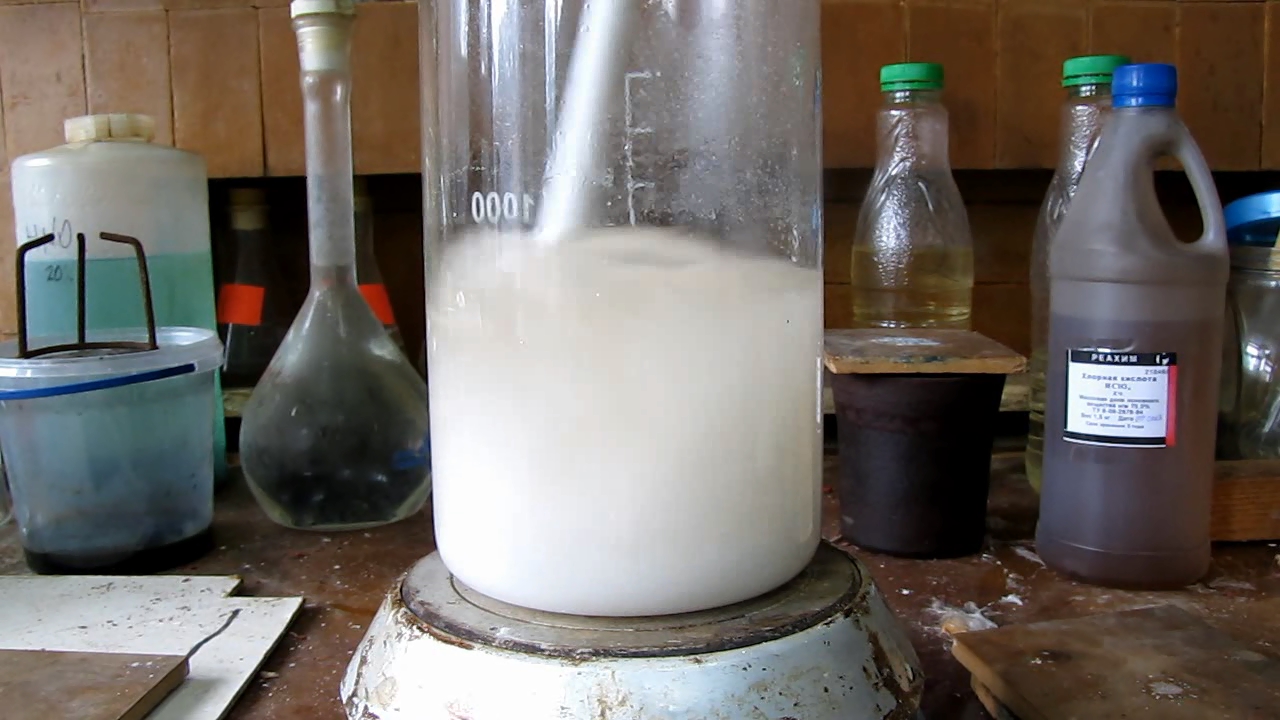
|

|

|

|
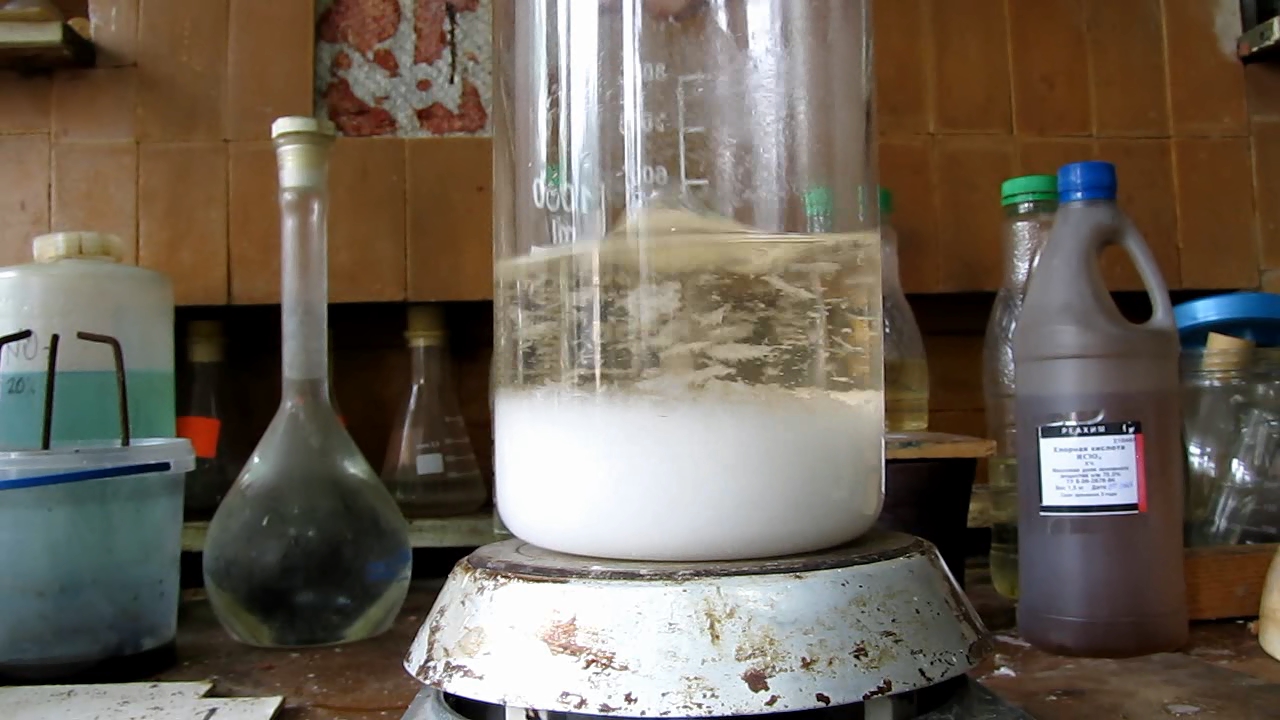
|
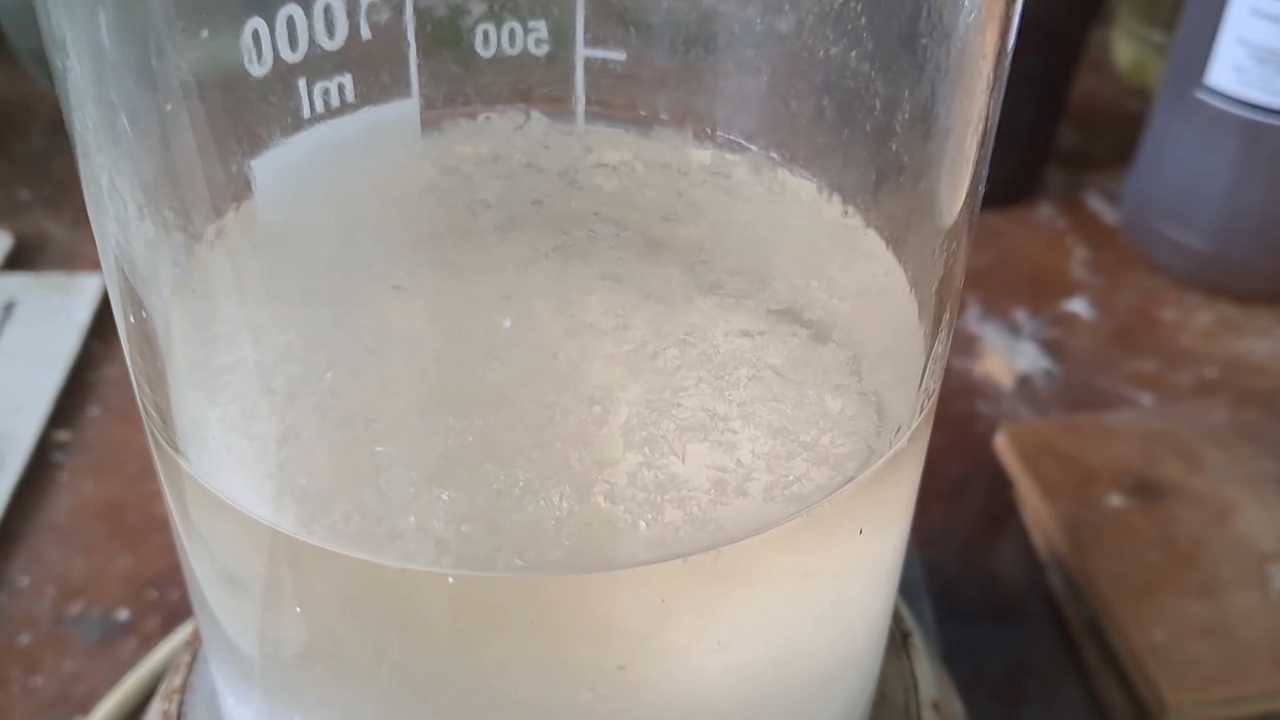
|
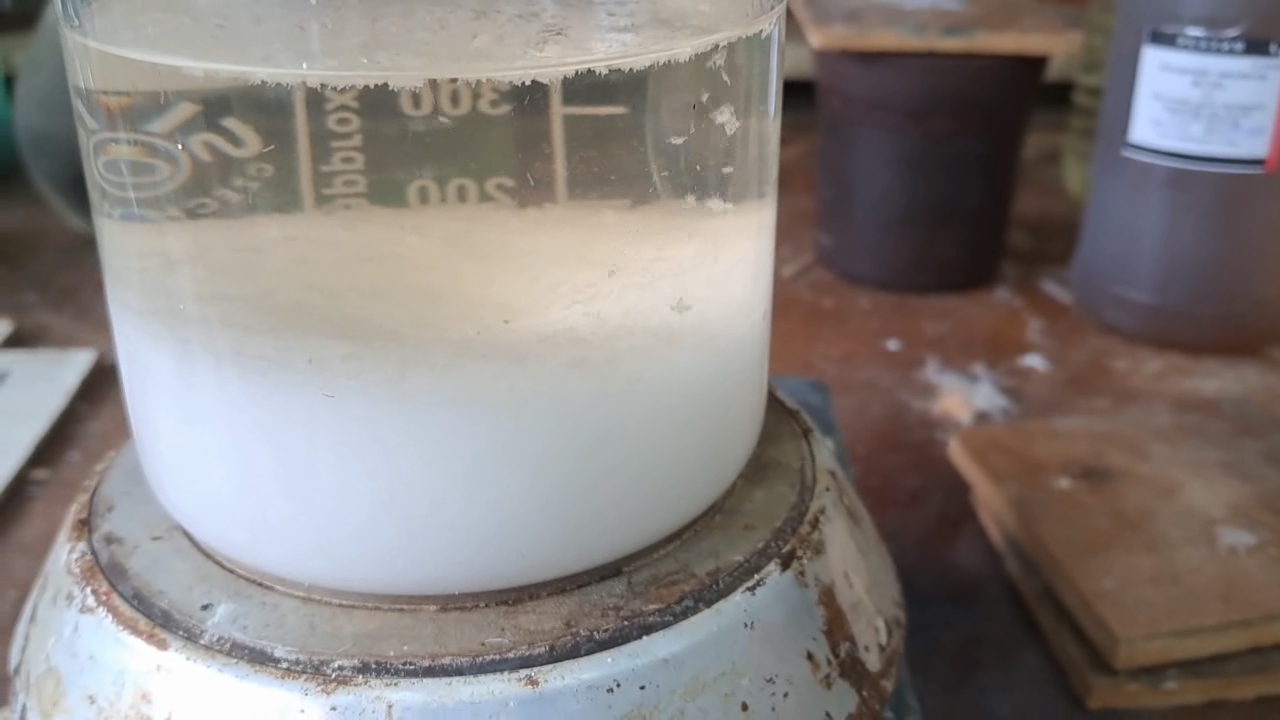
|

|
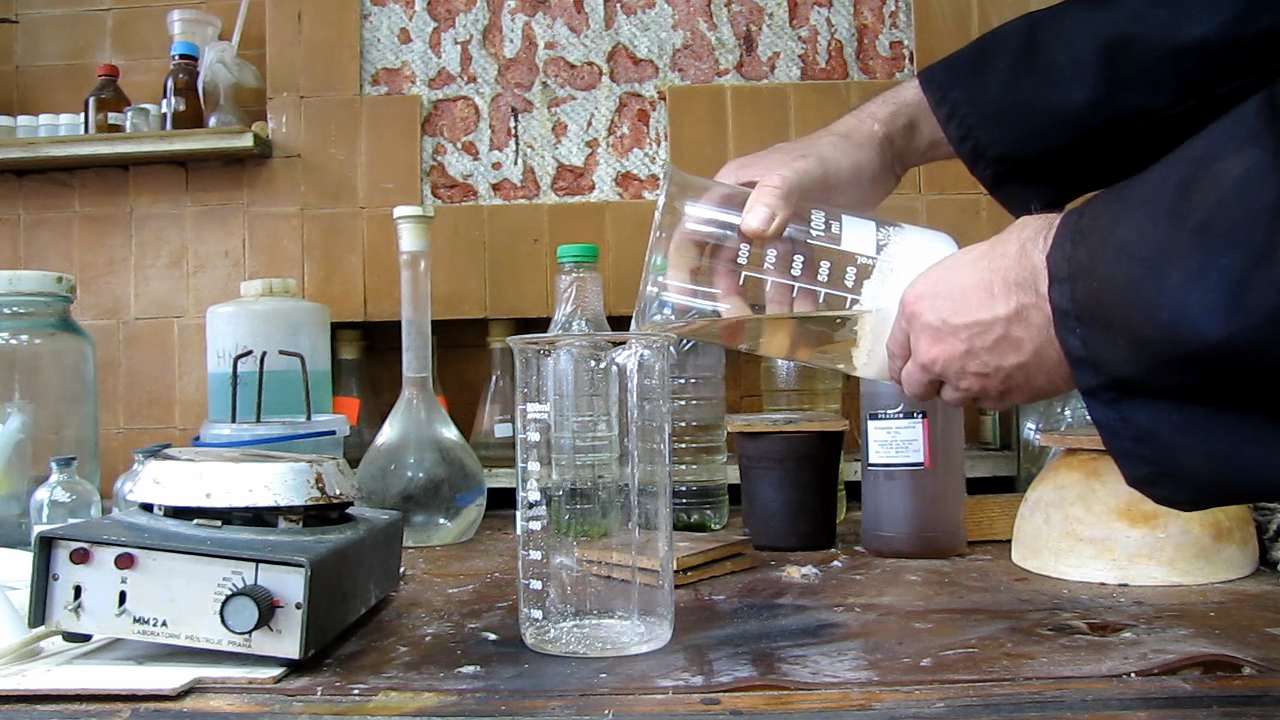
|
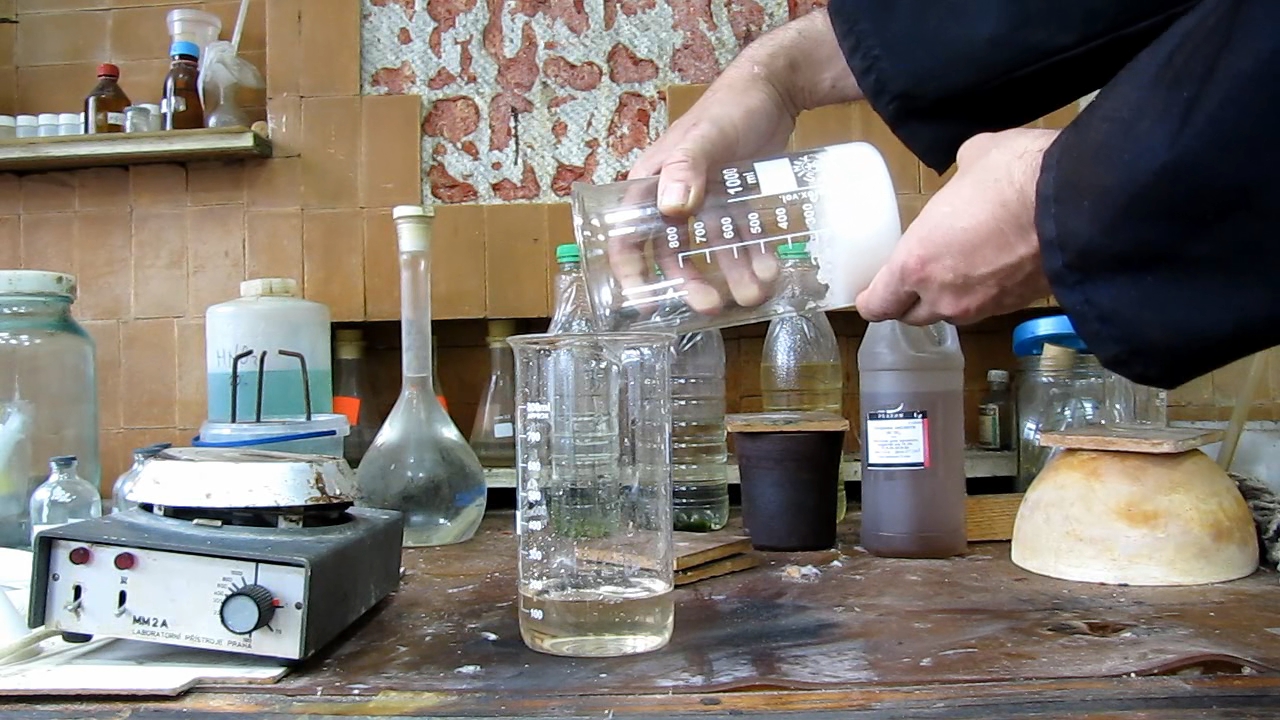
|
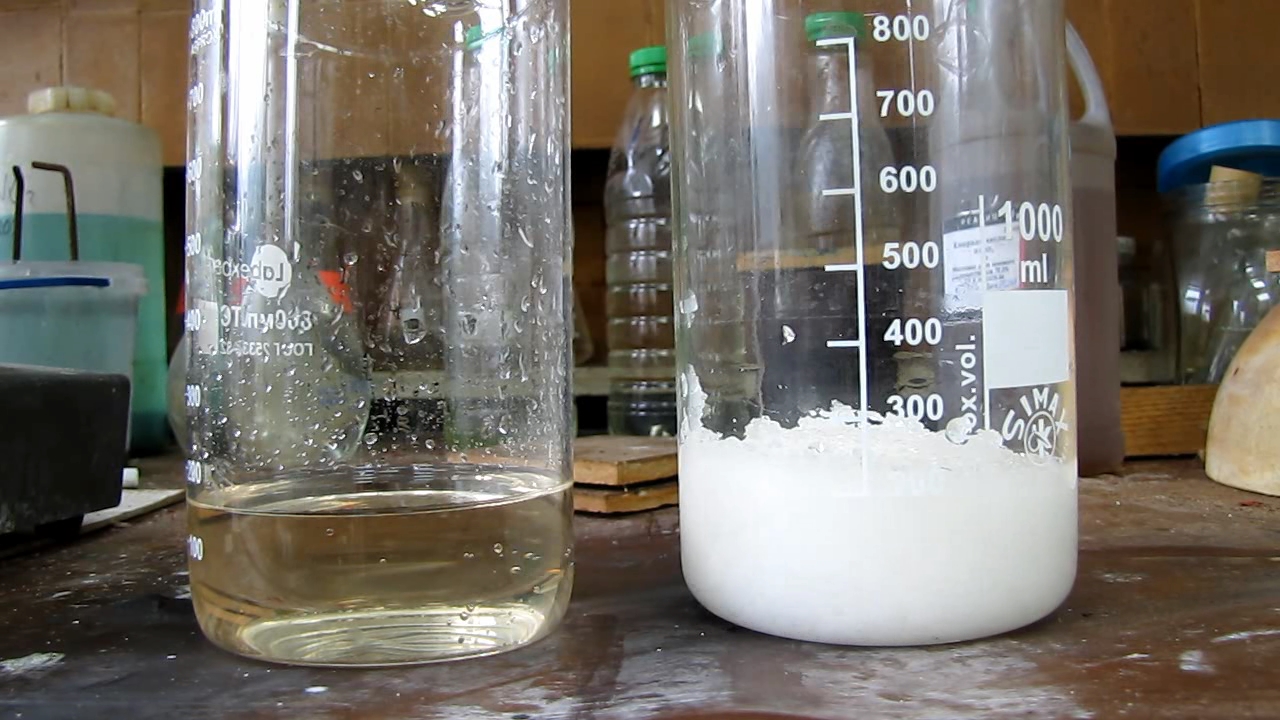
|
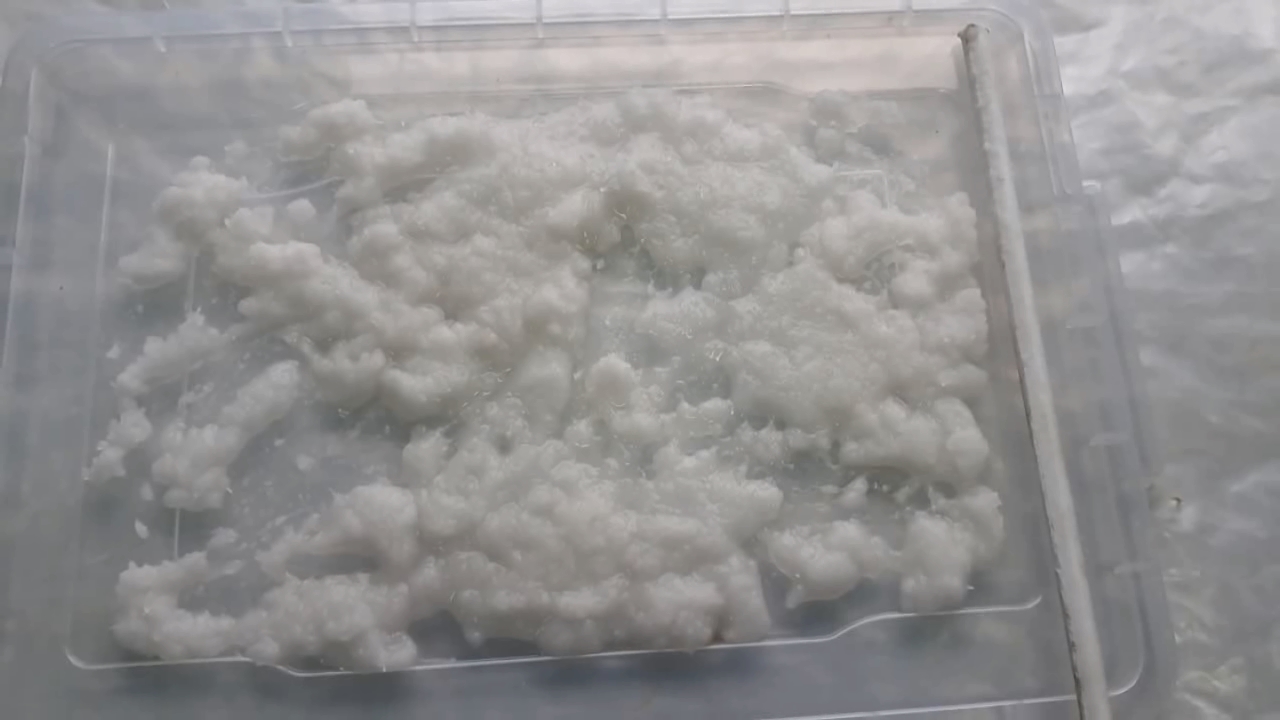
|

|
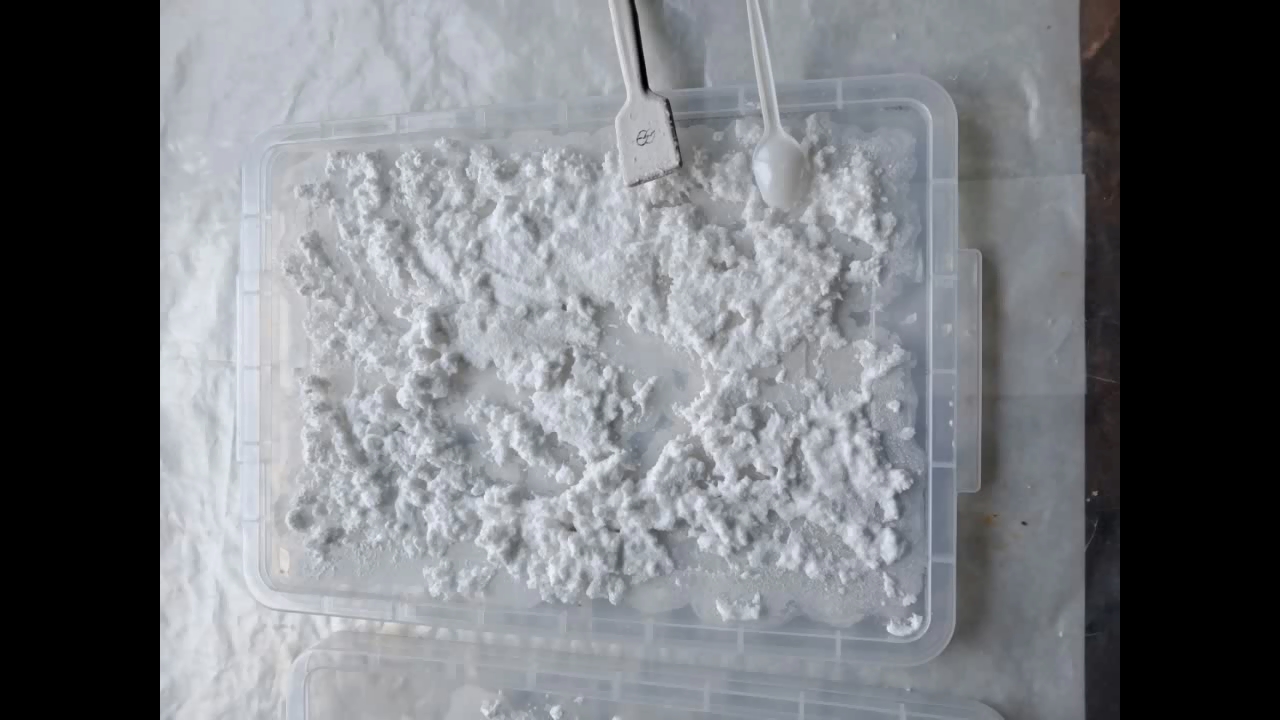
|

|
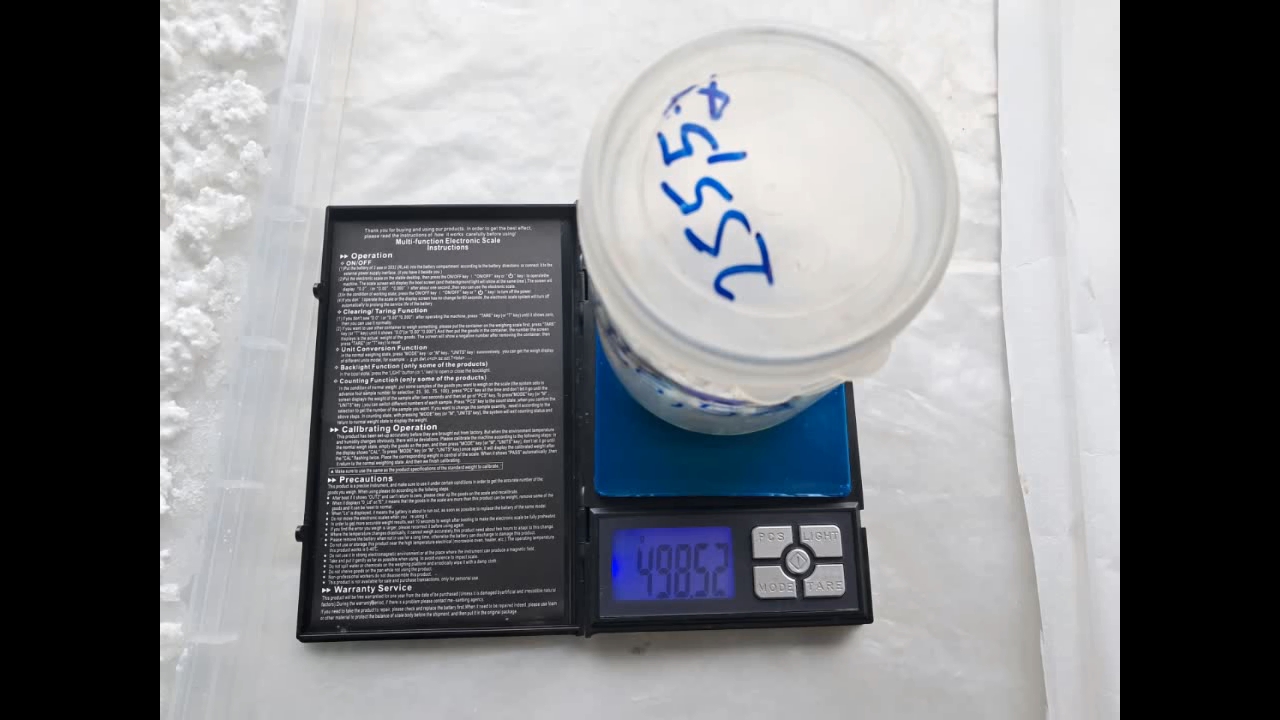
|
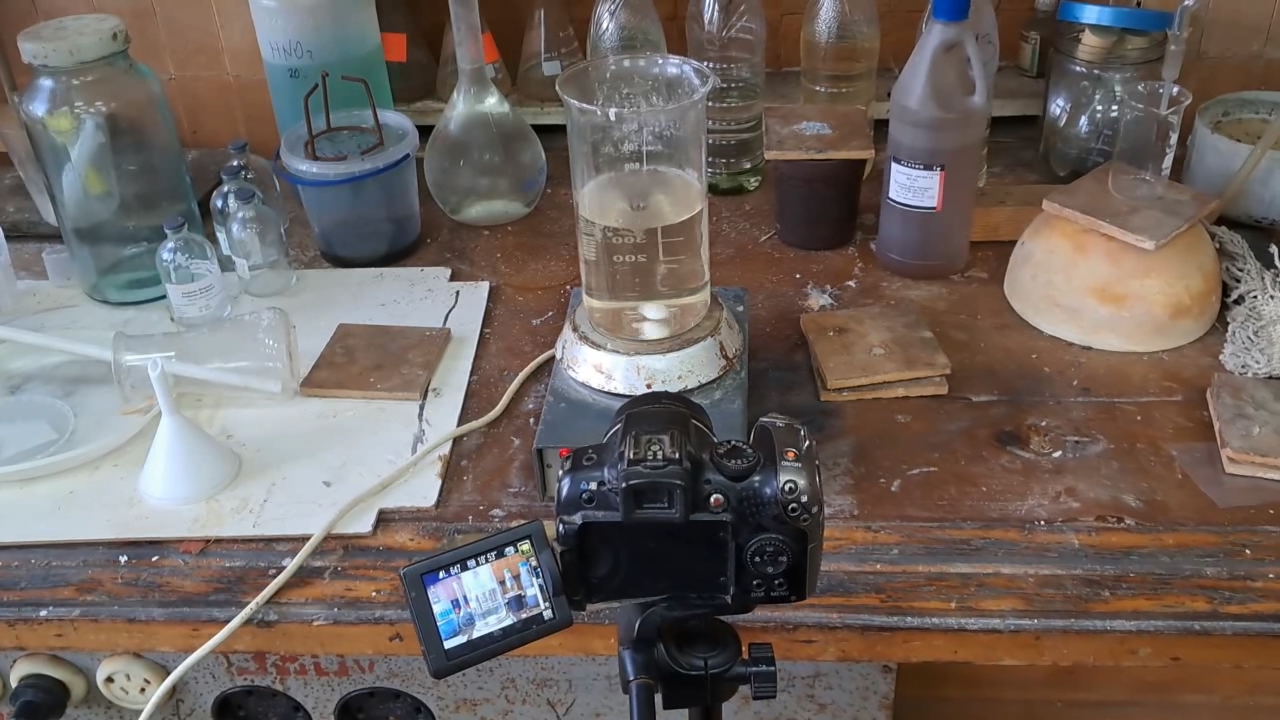
|